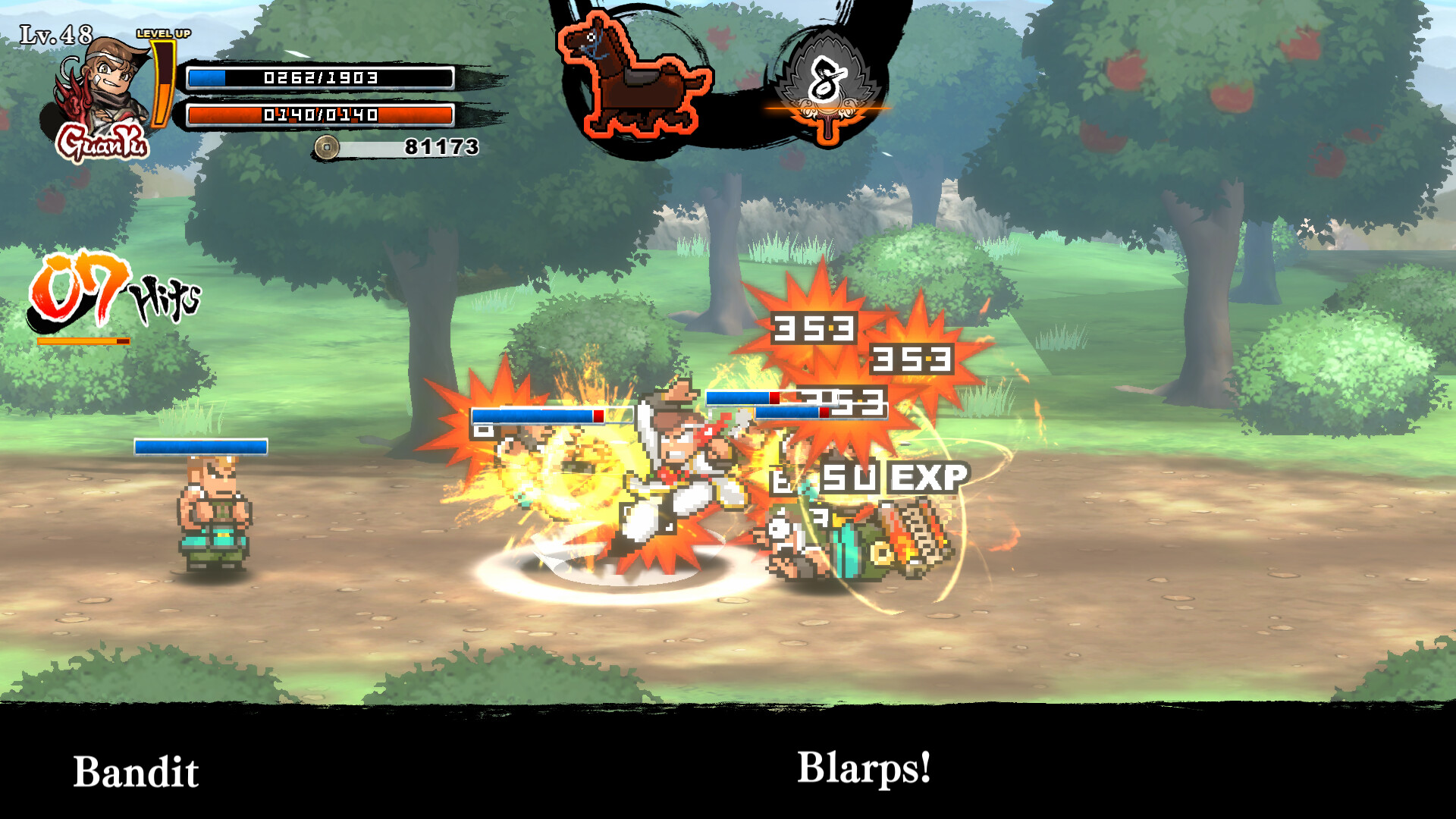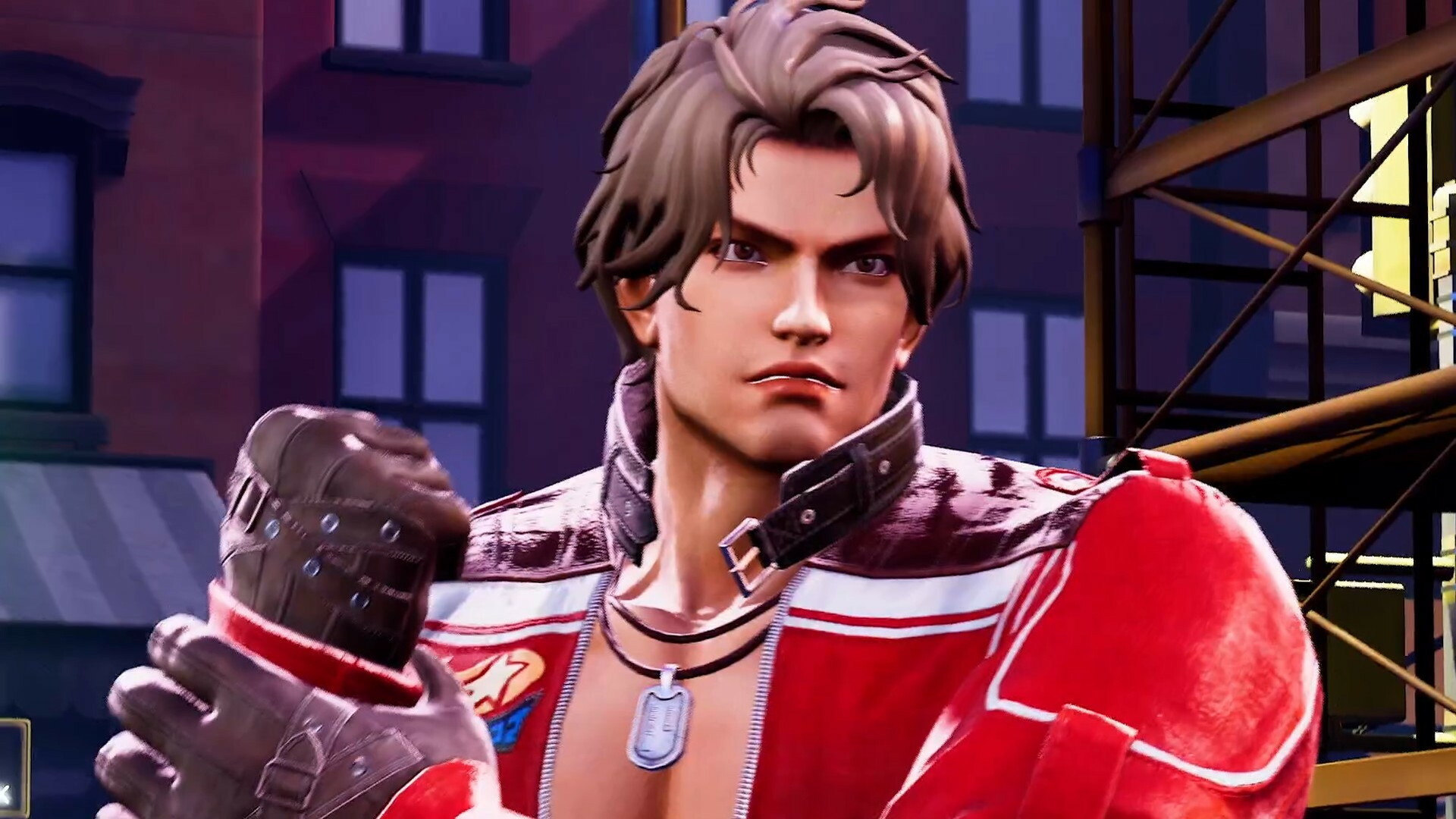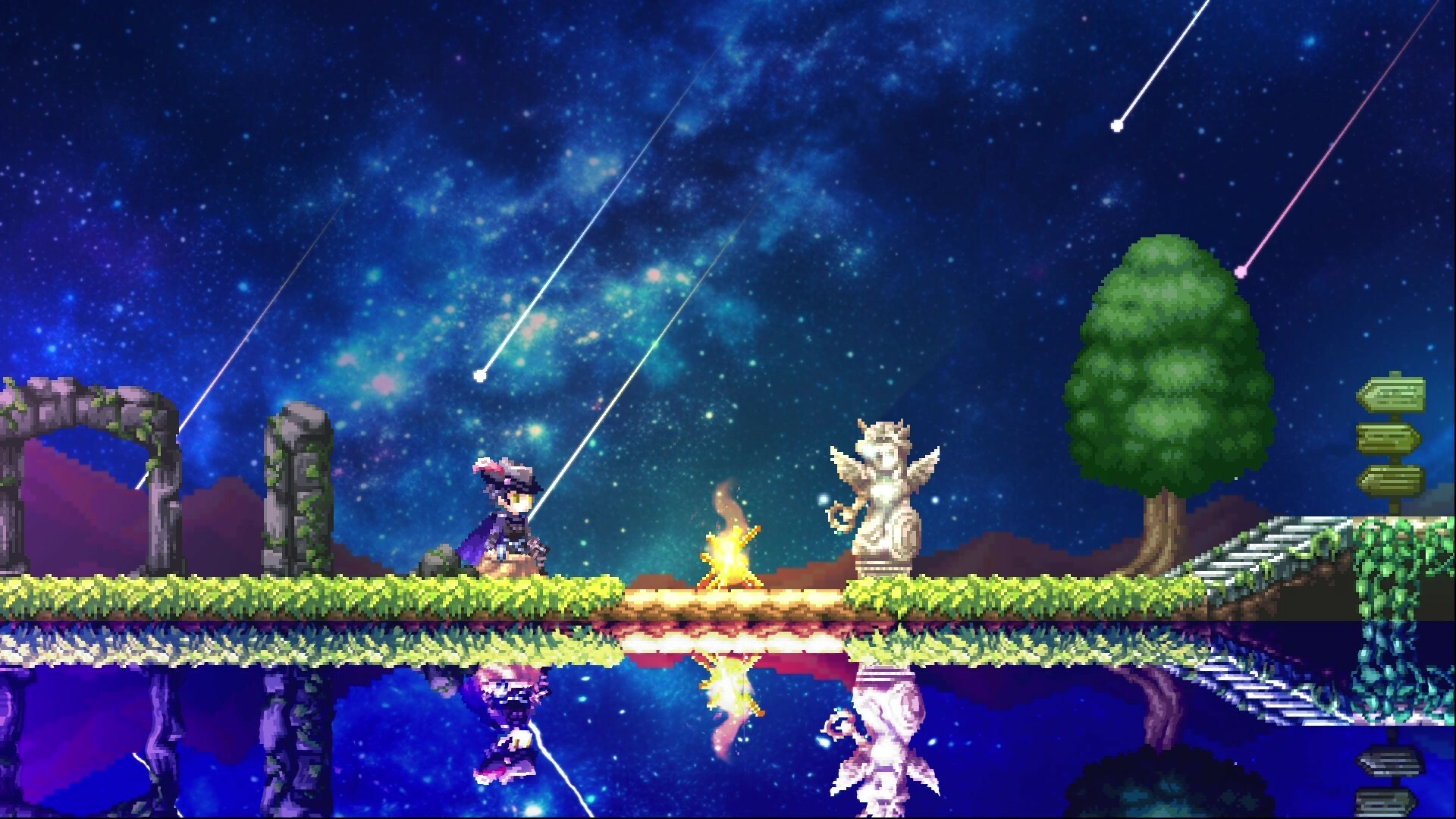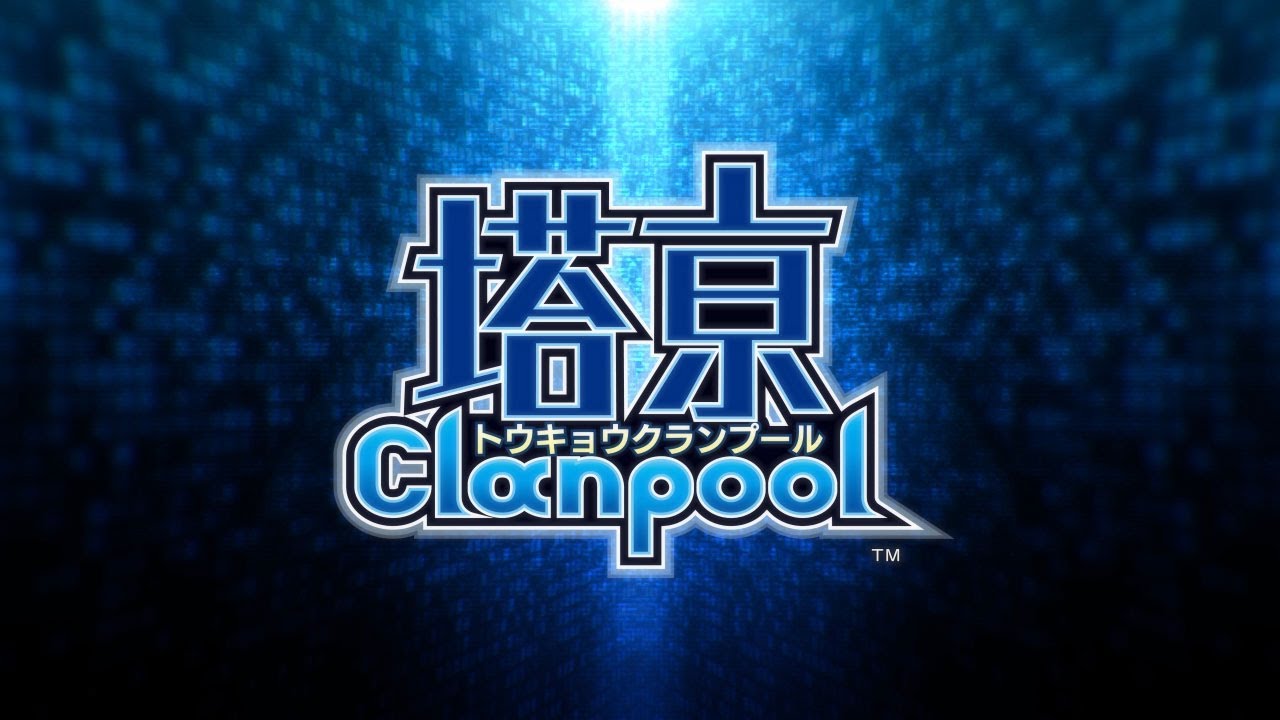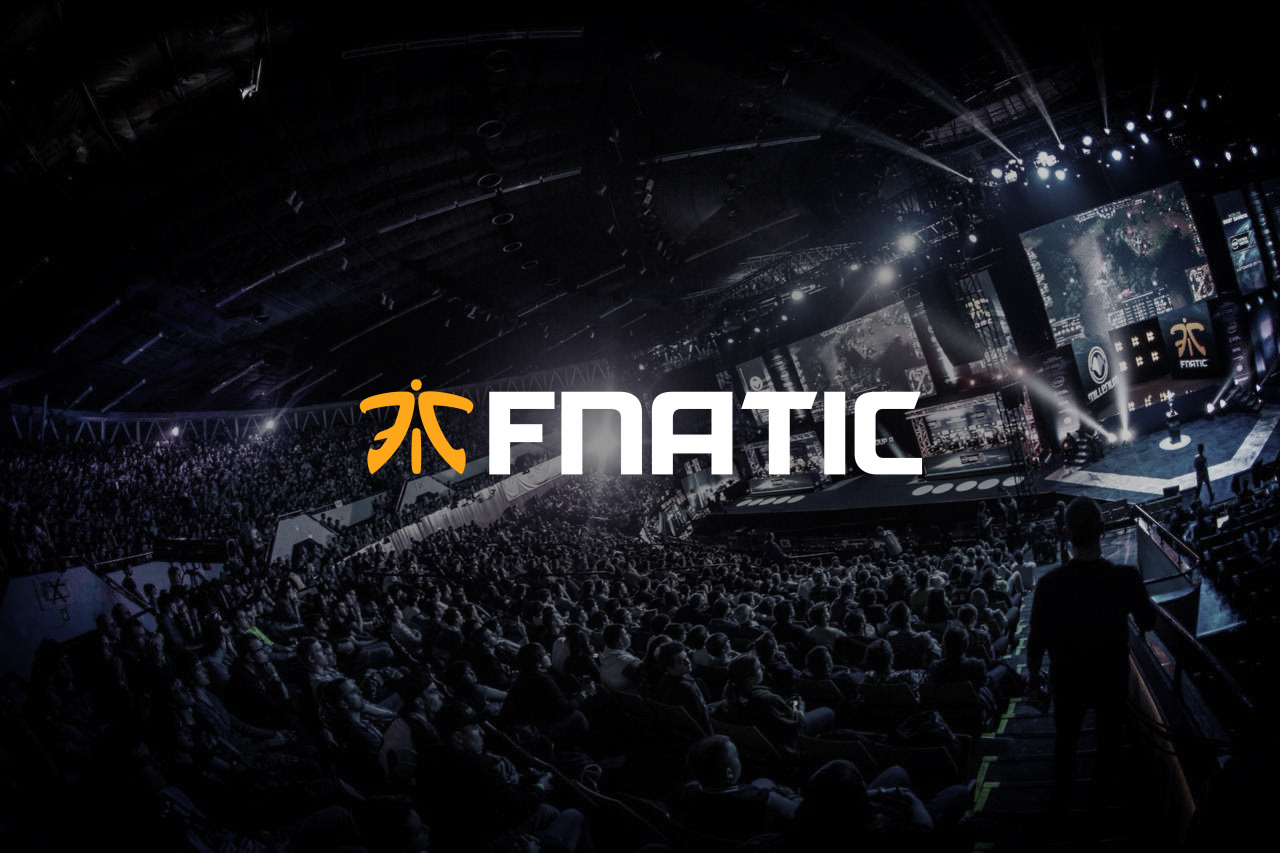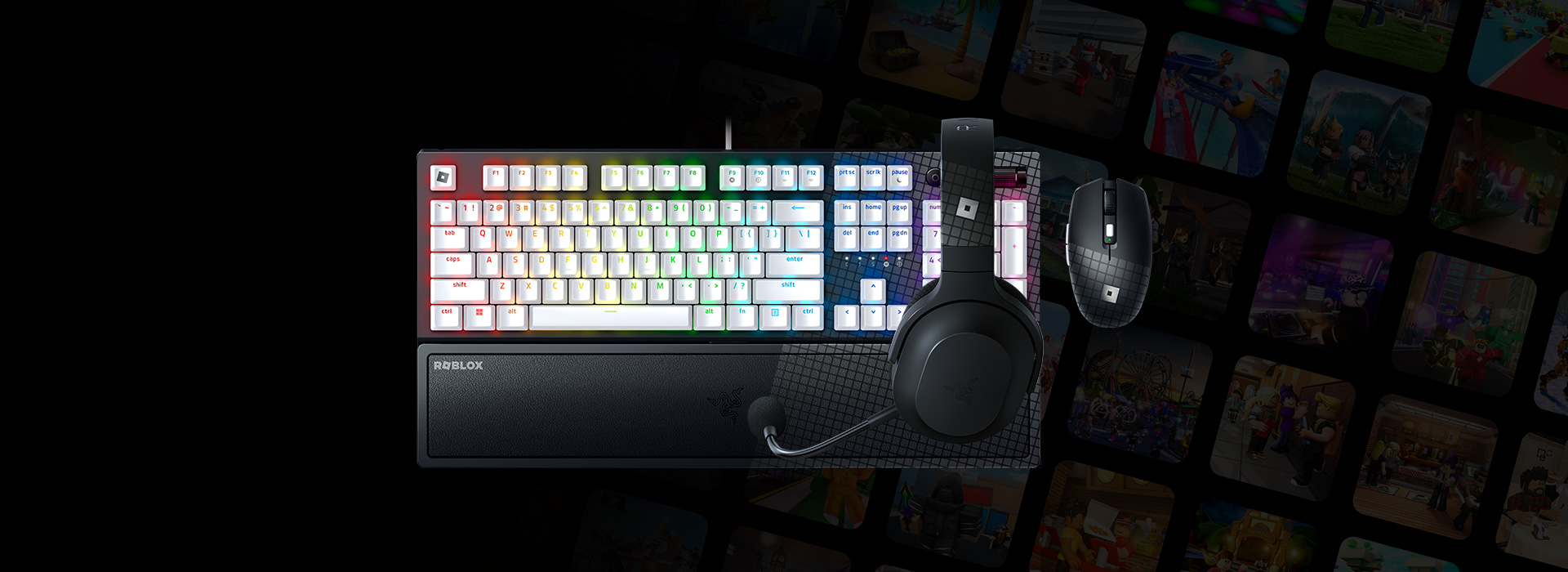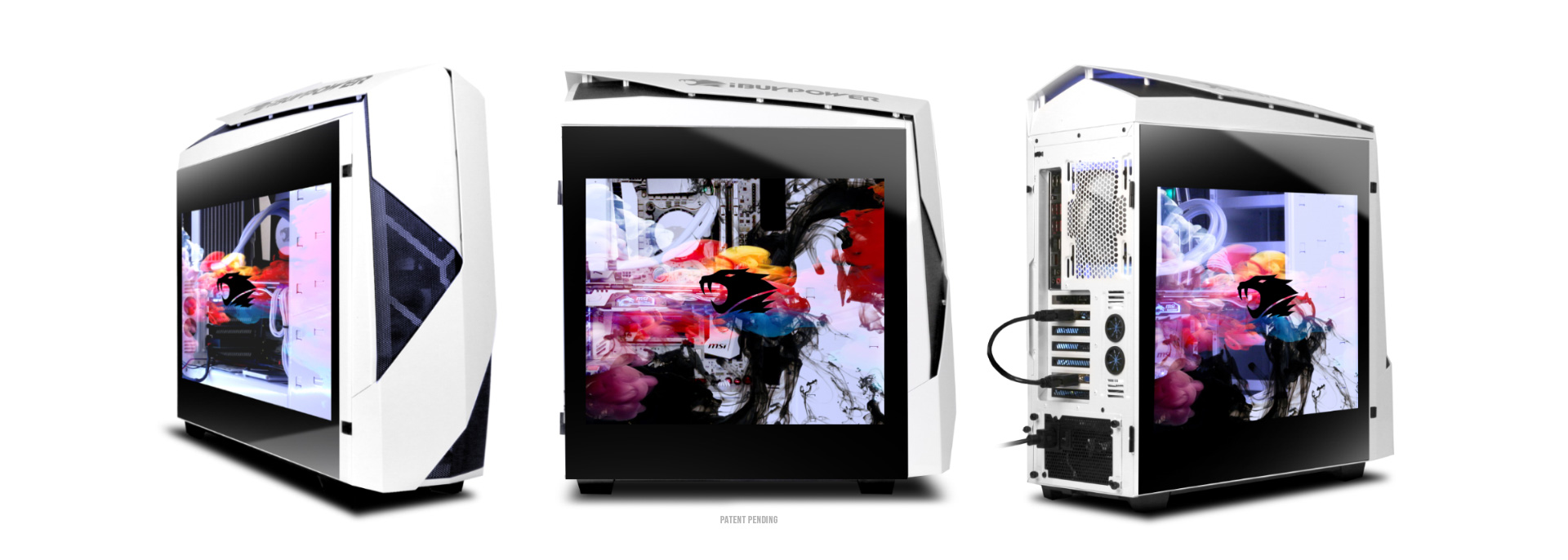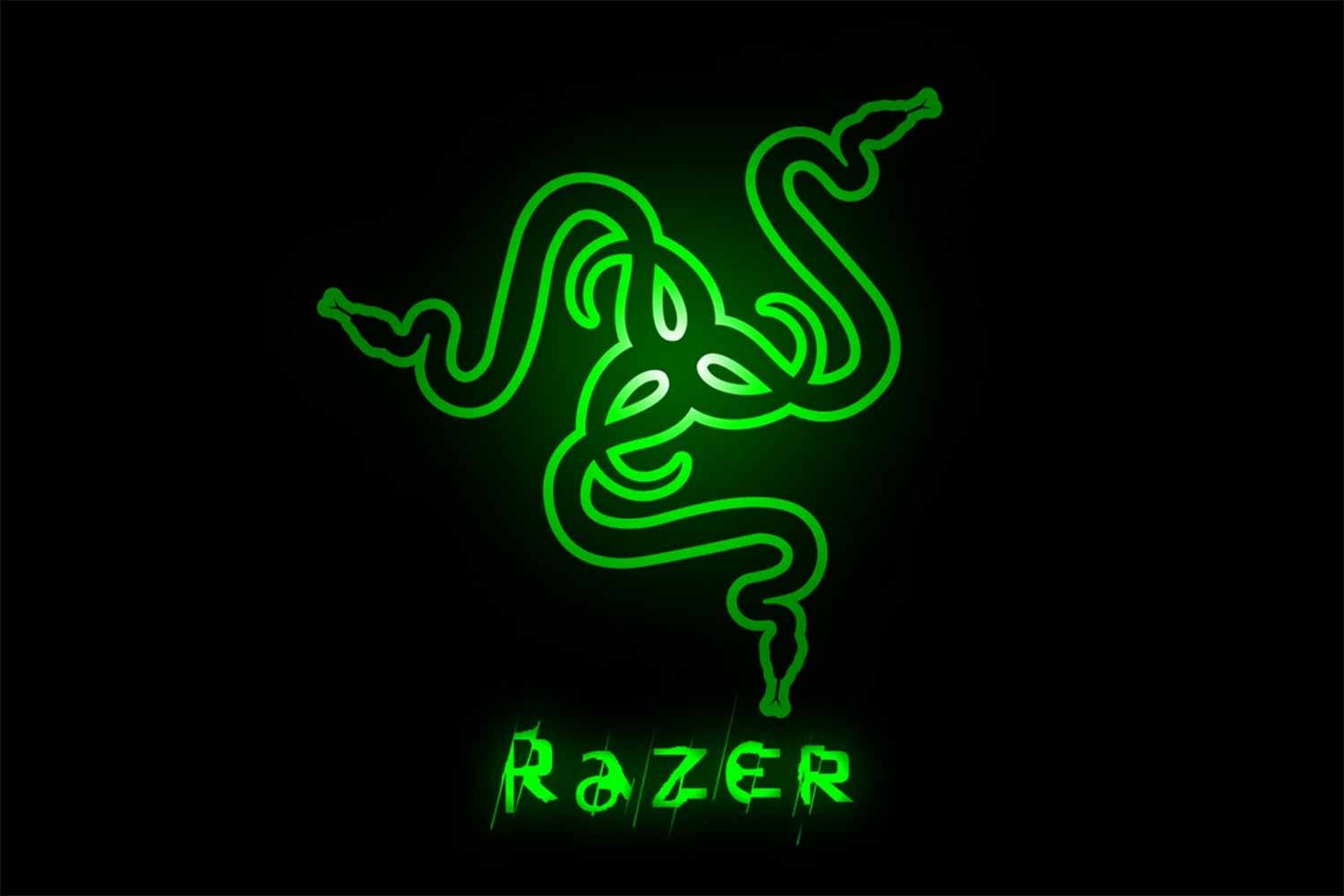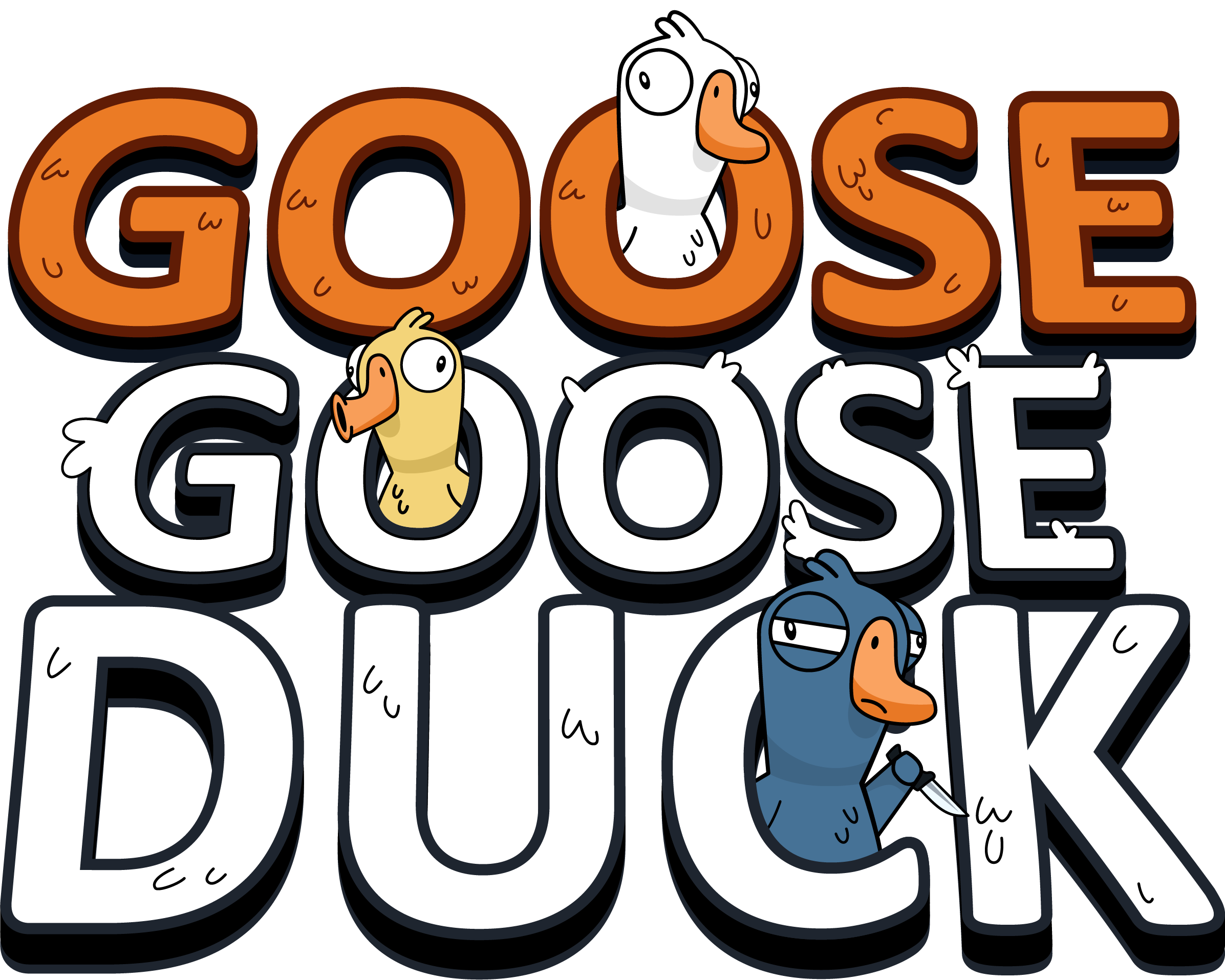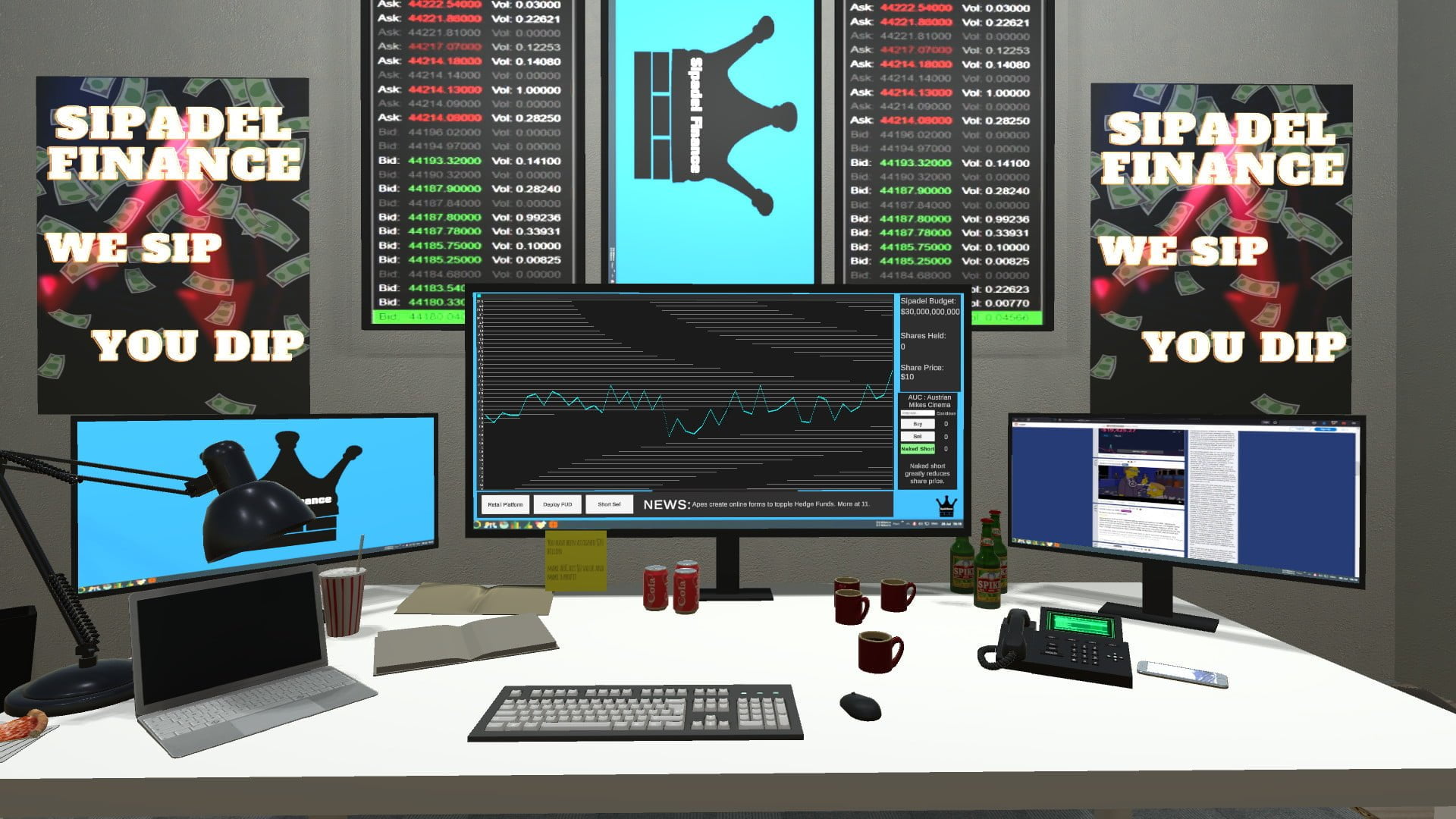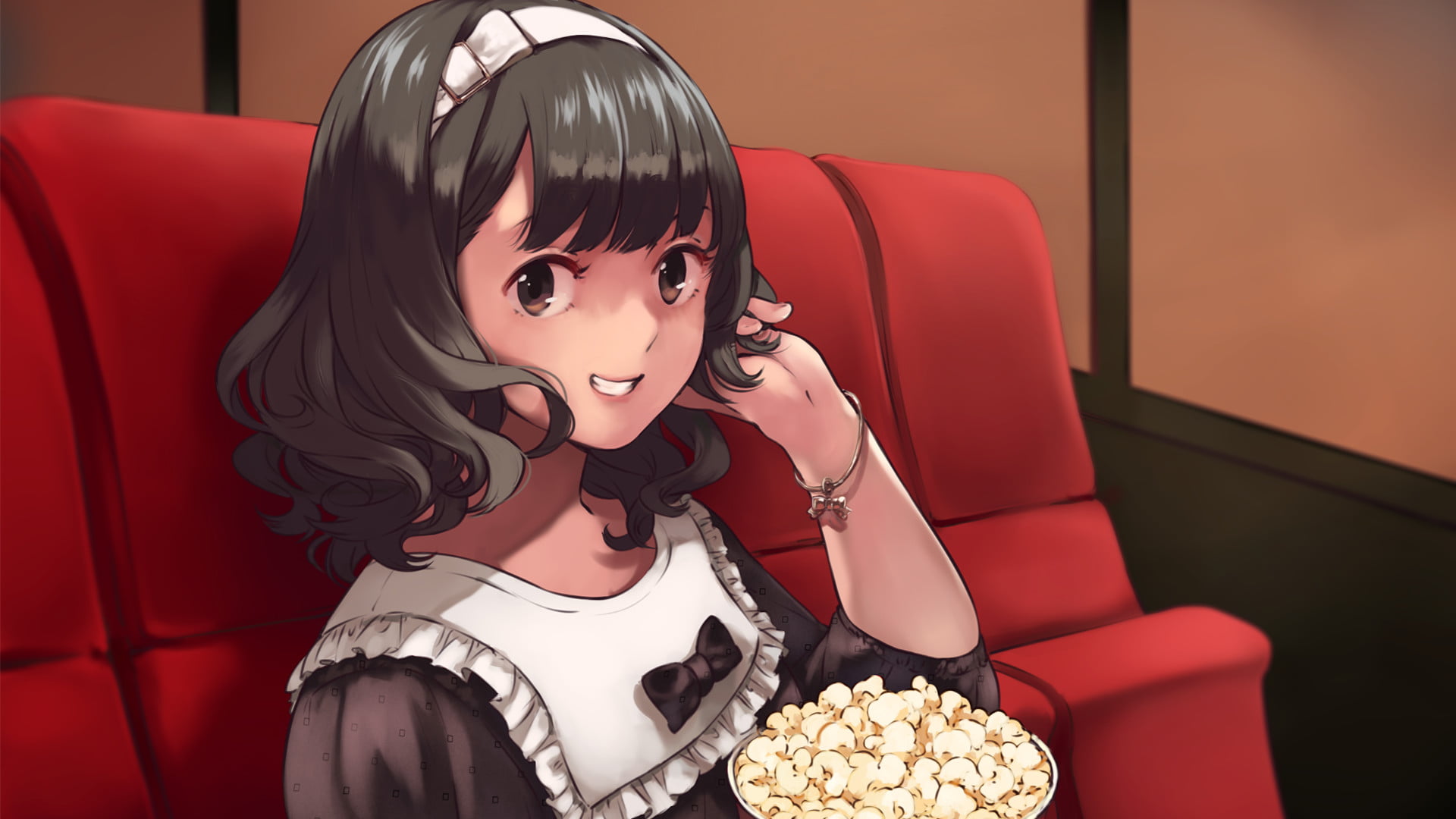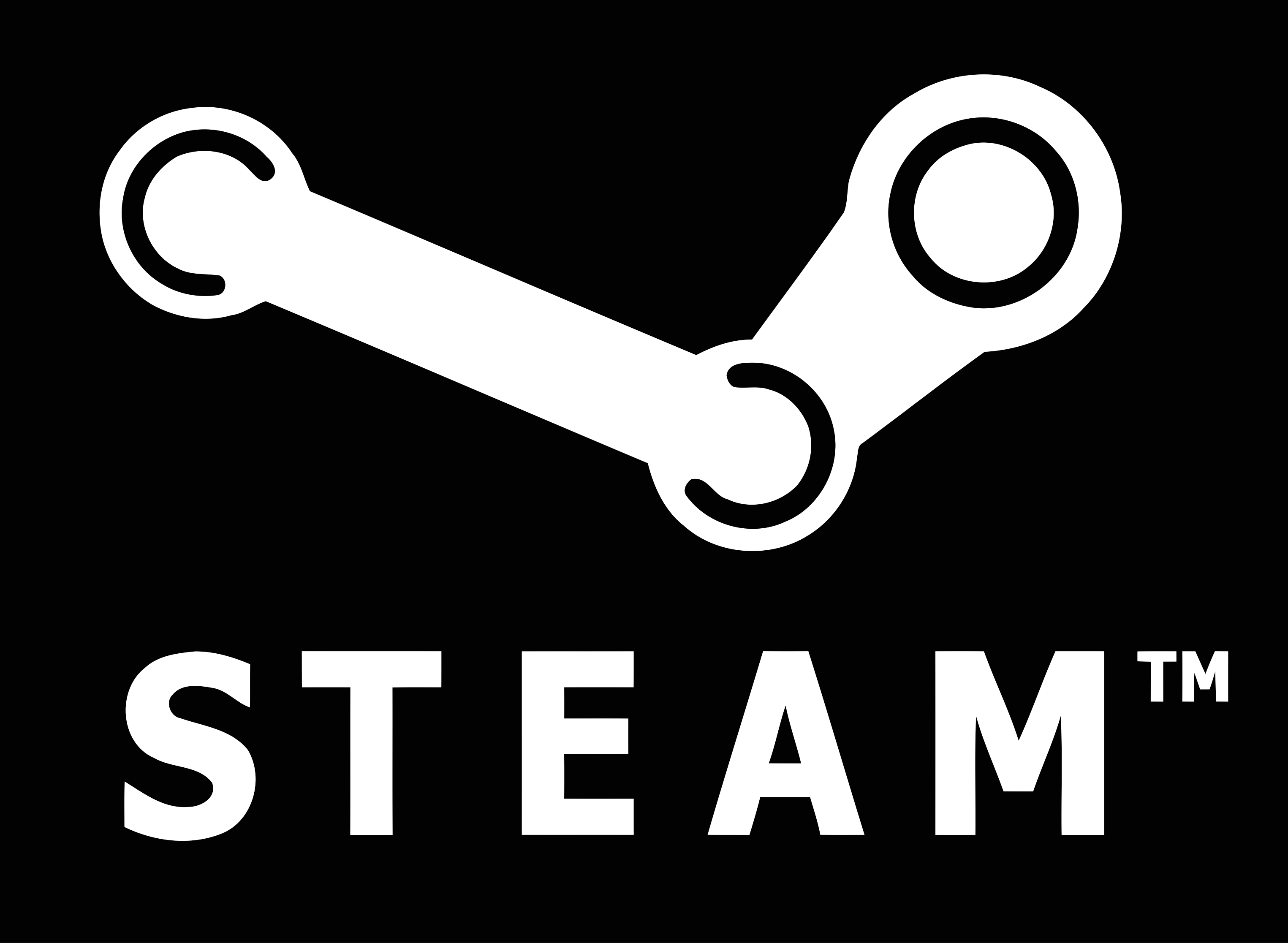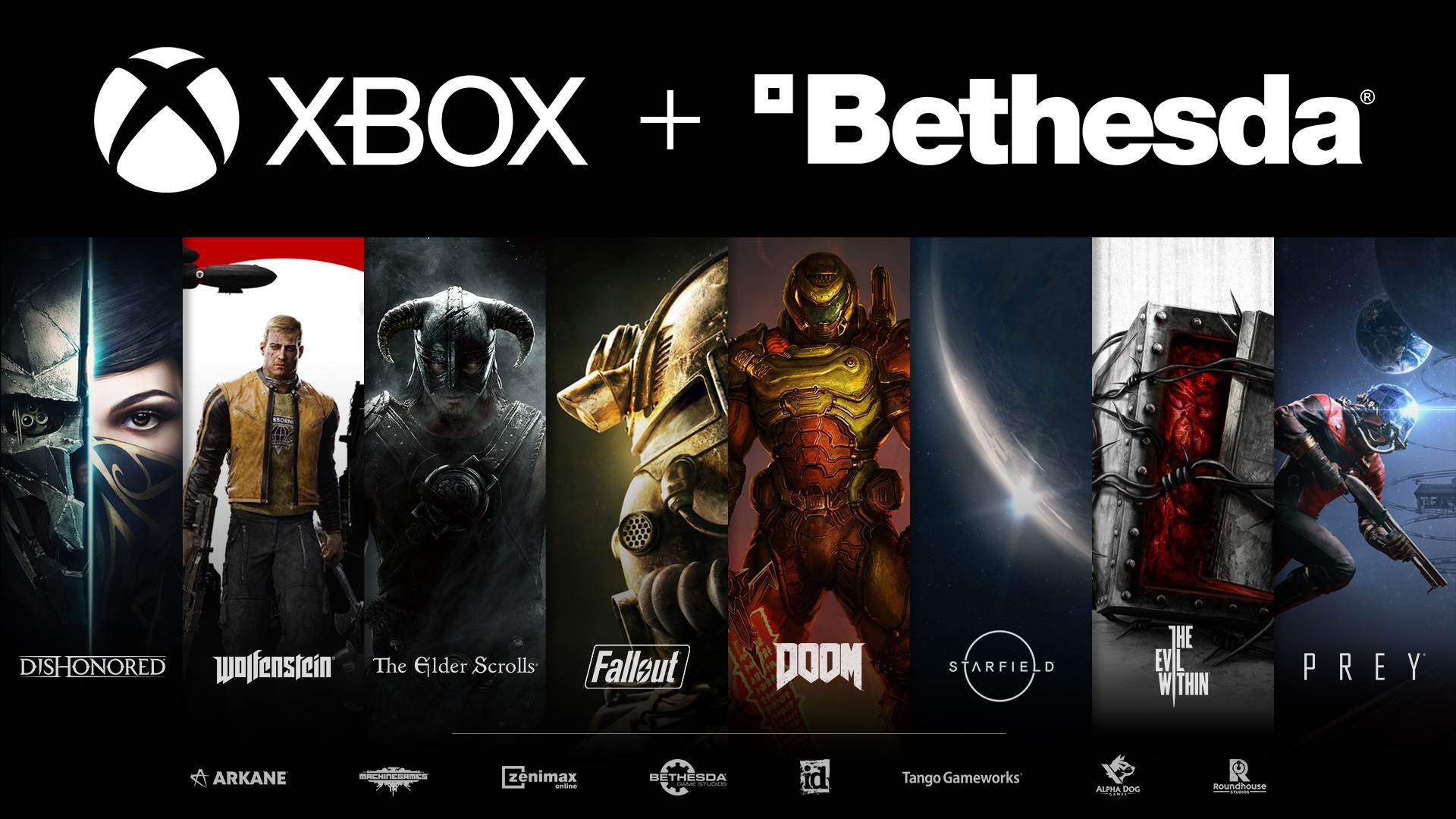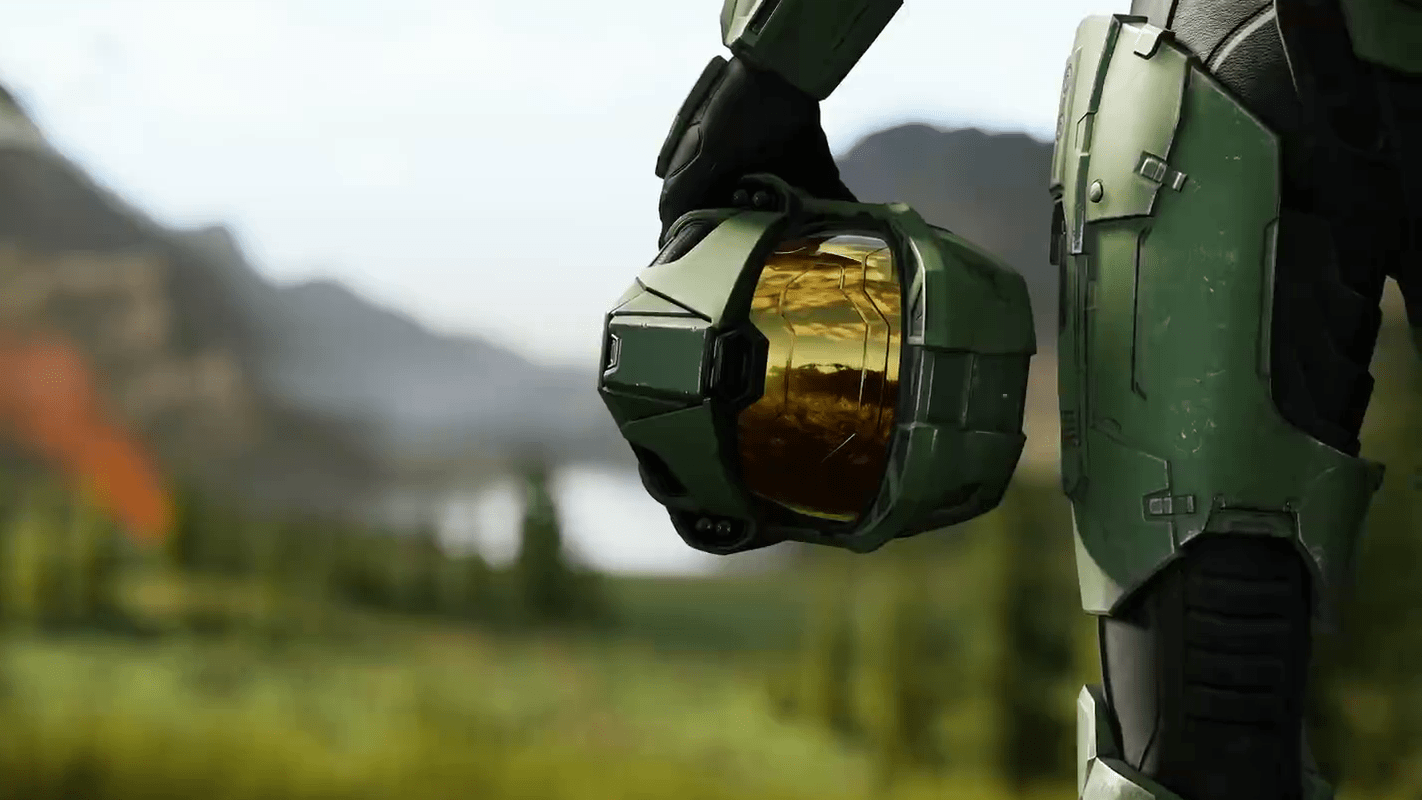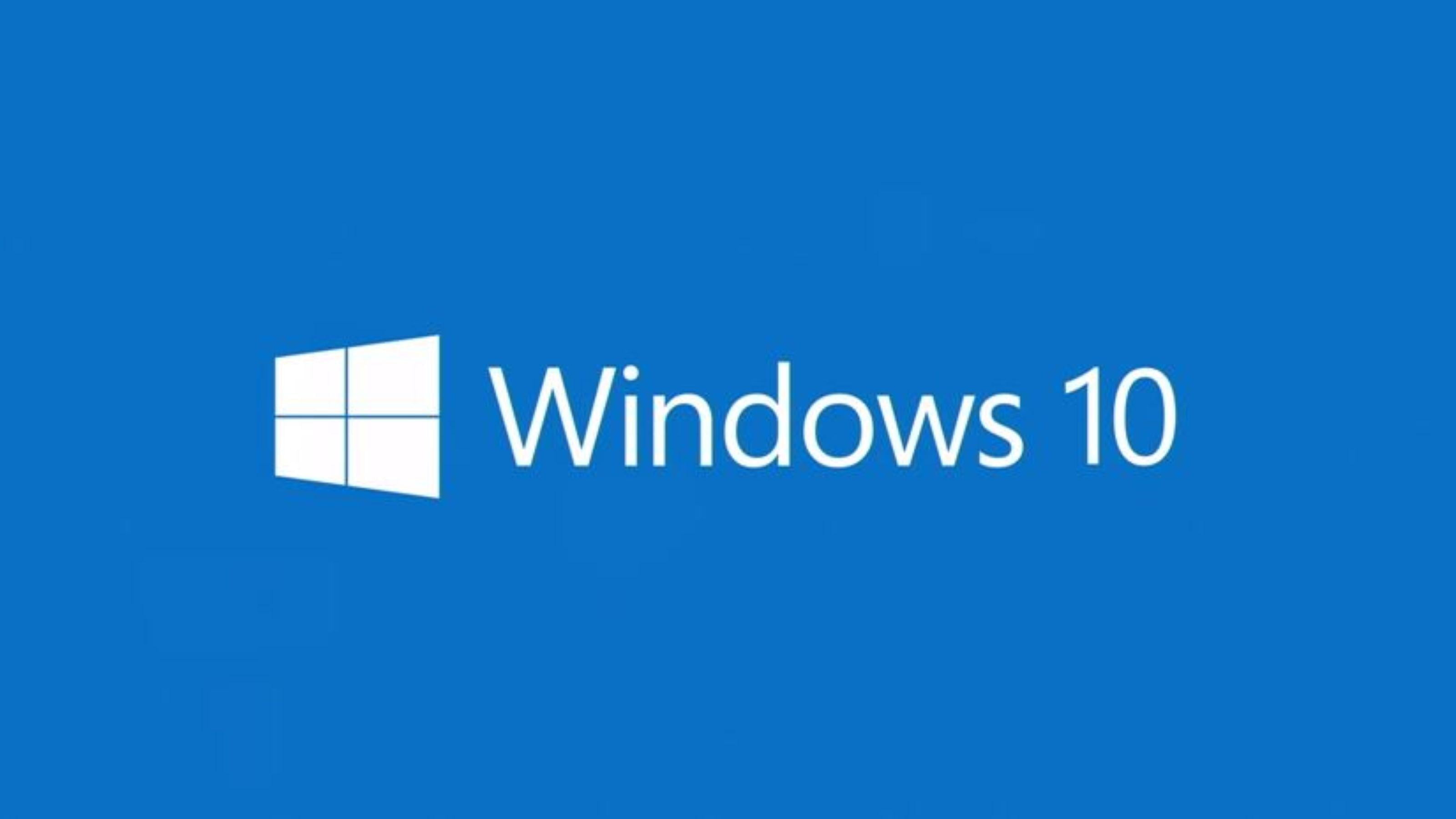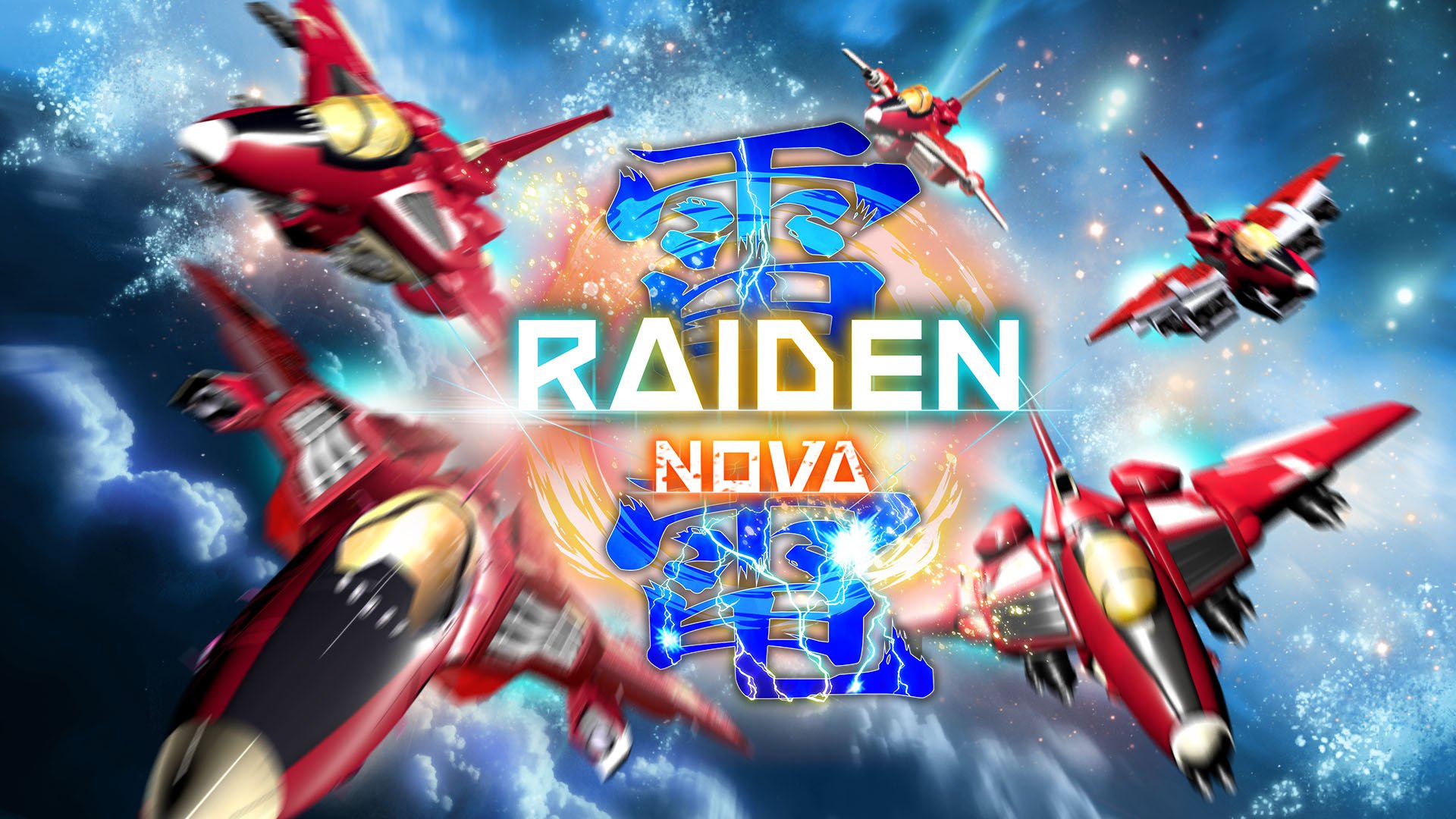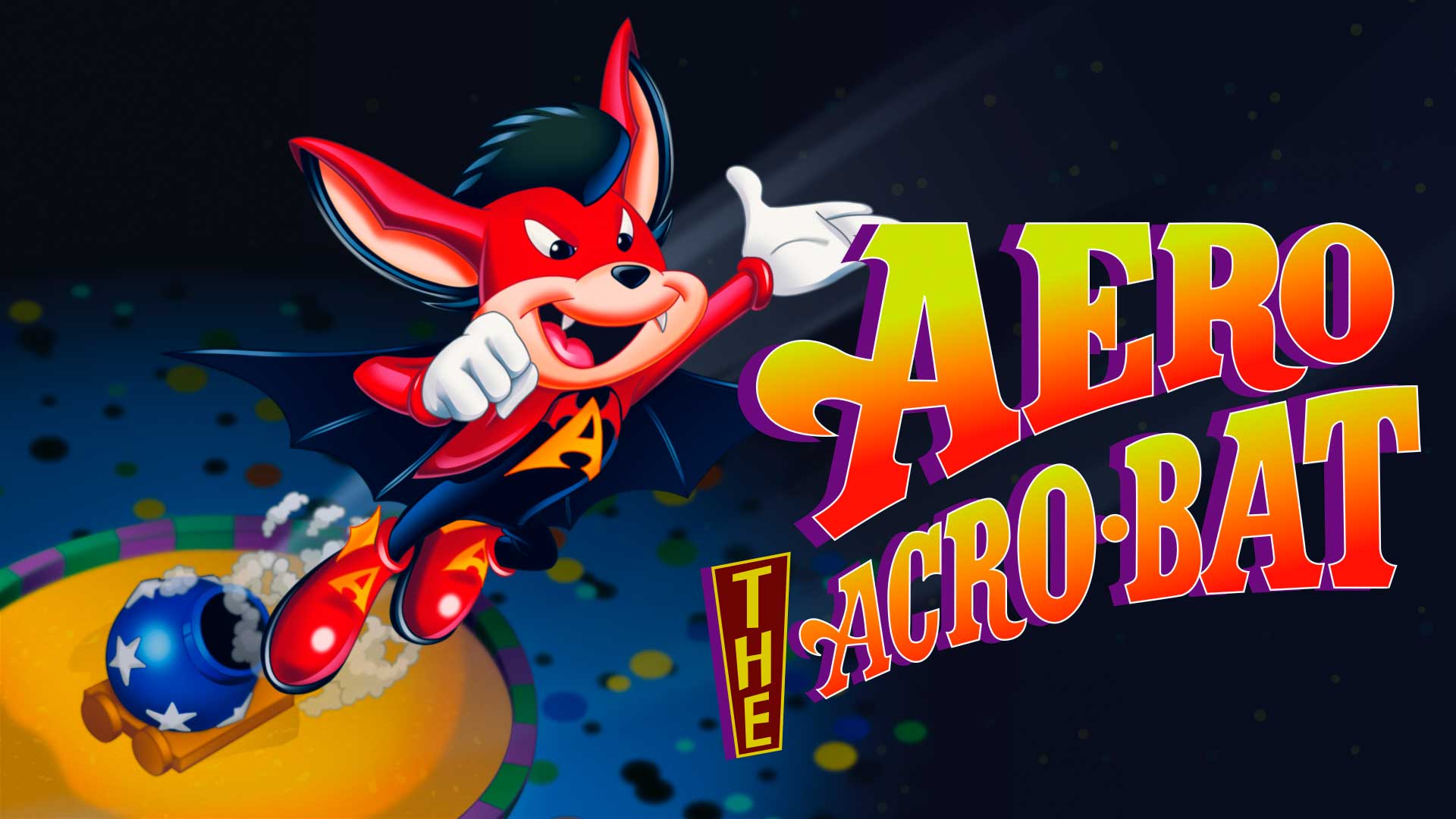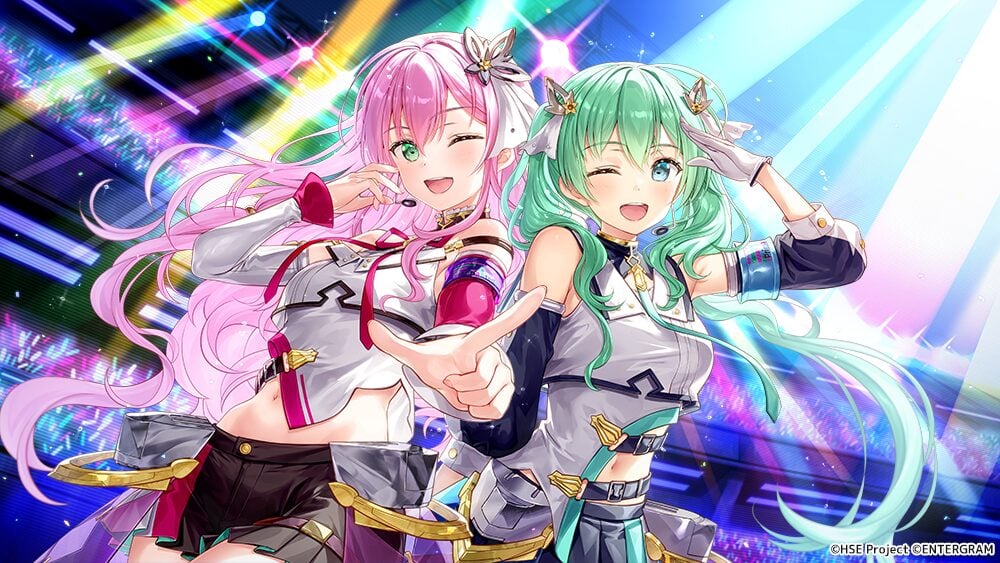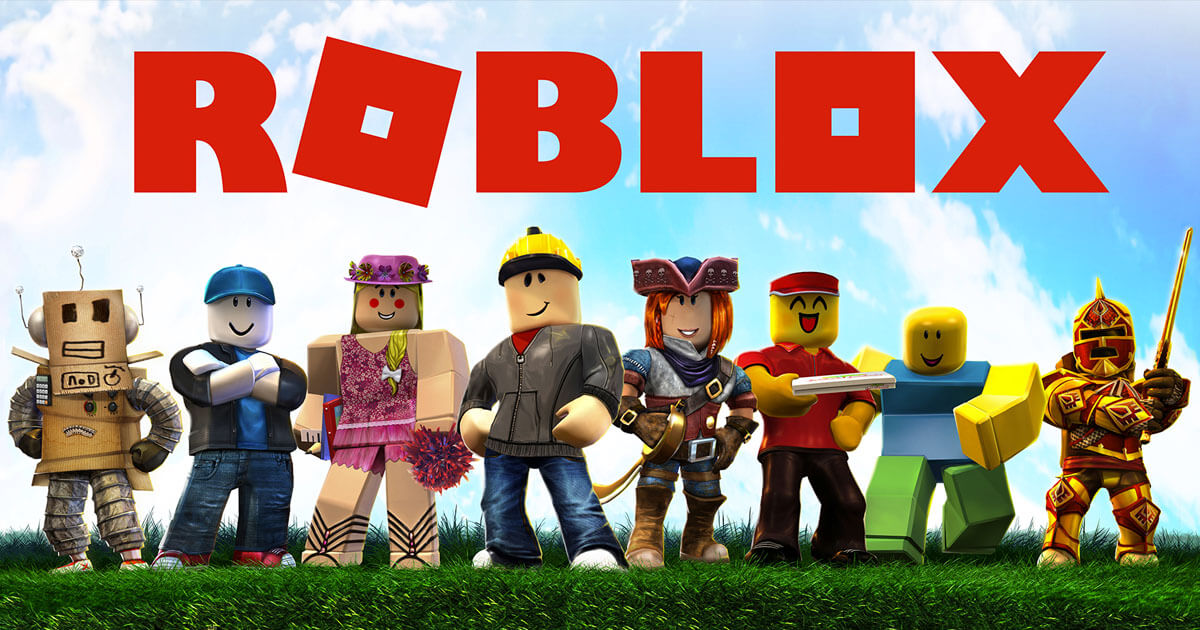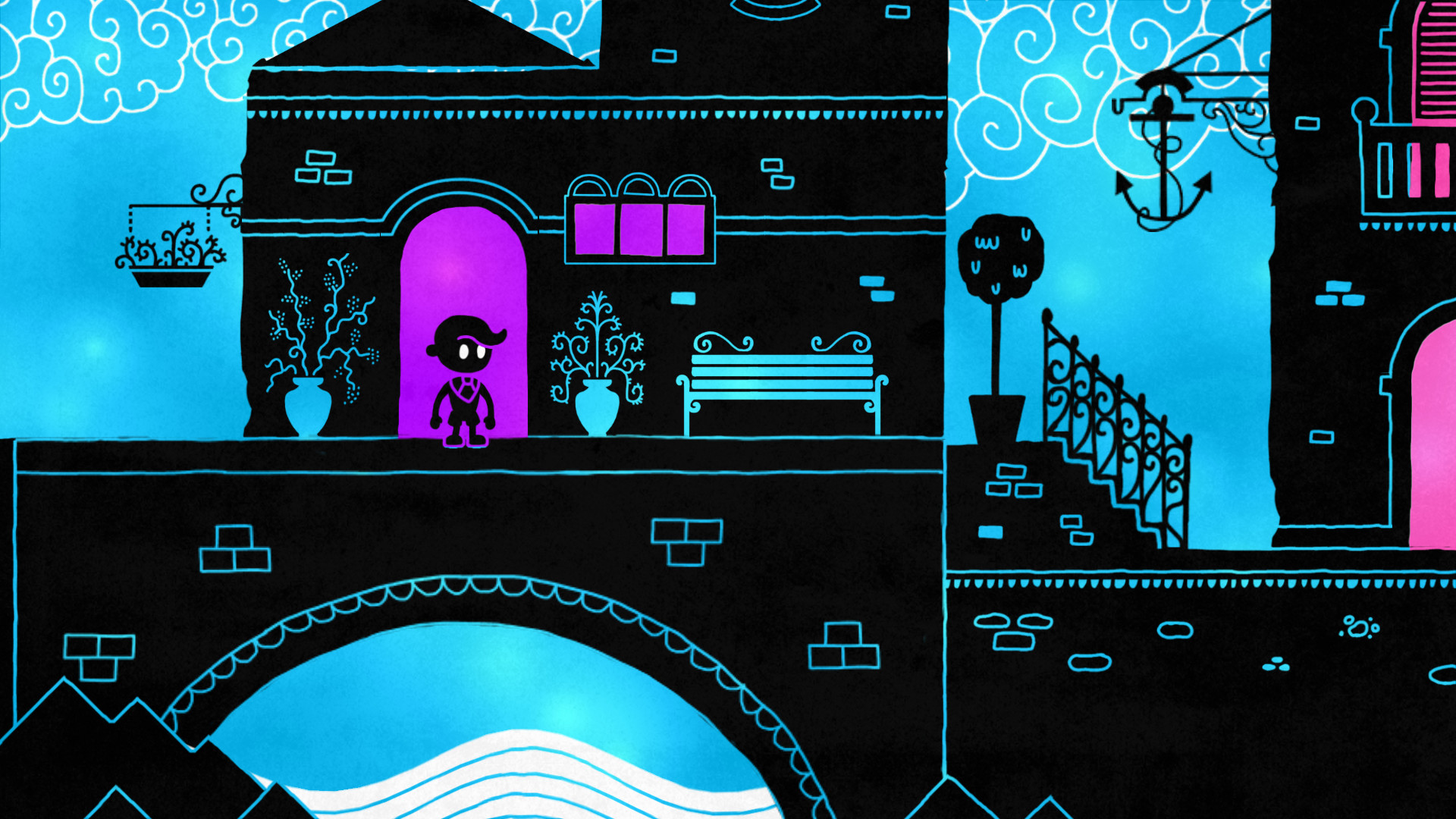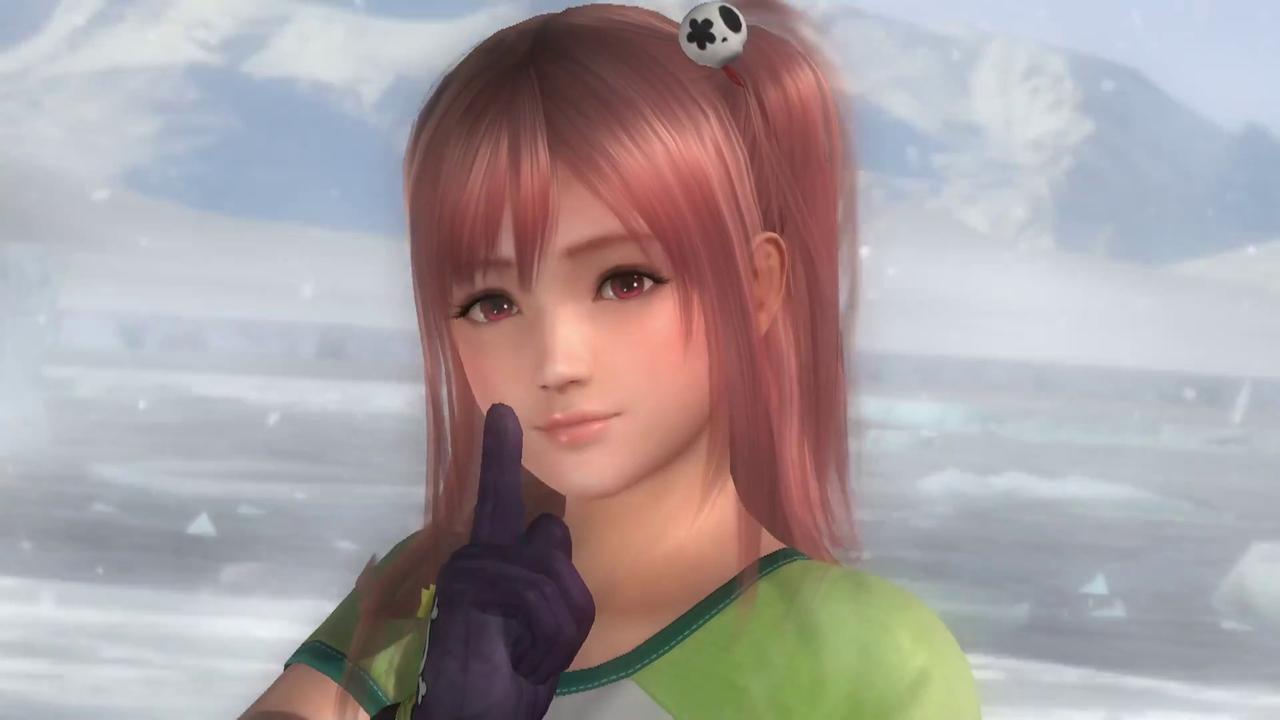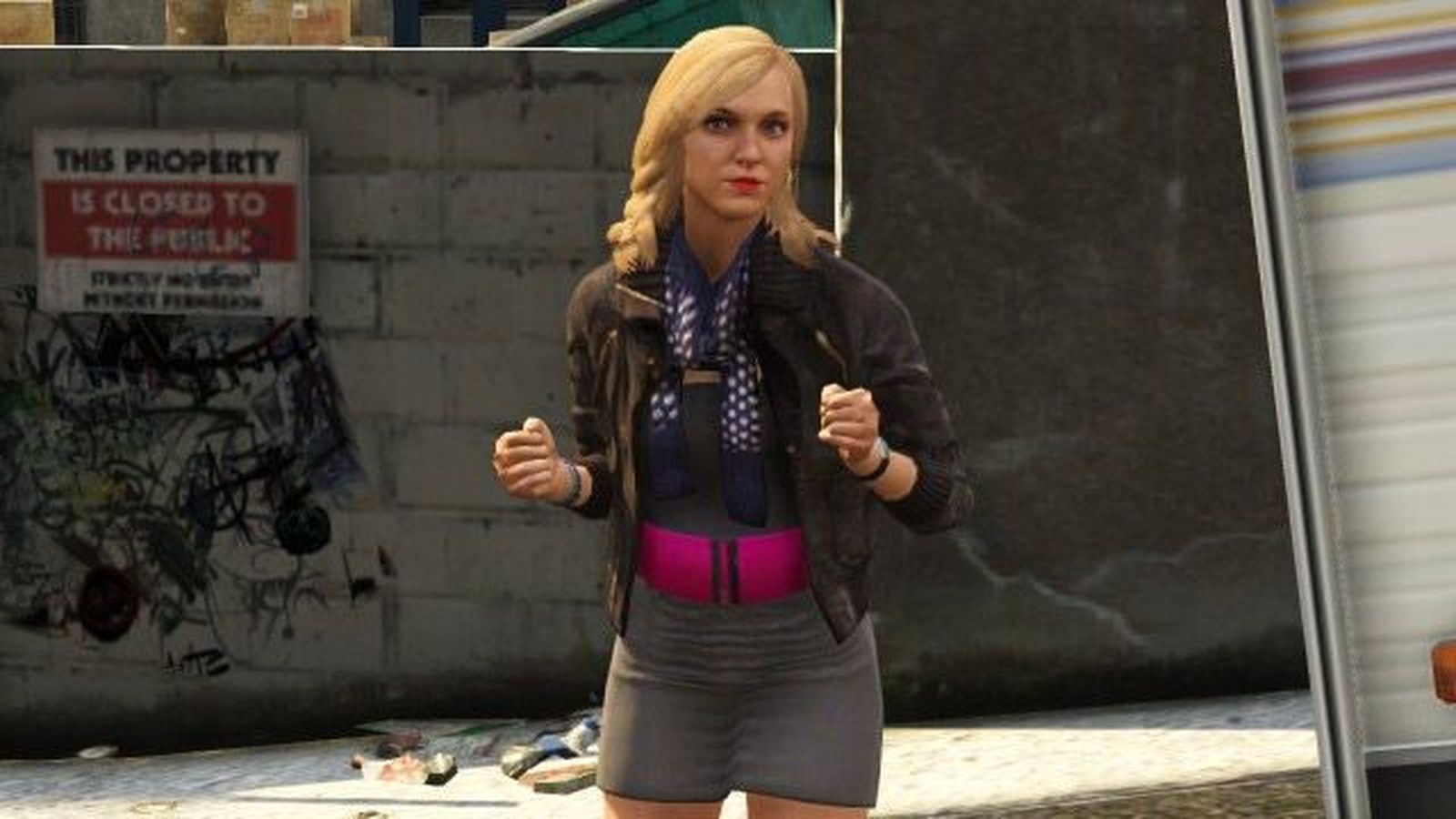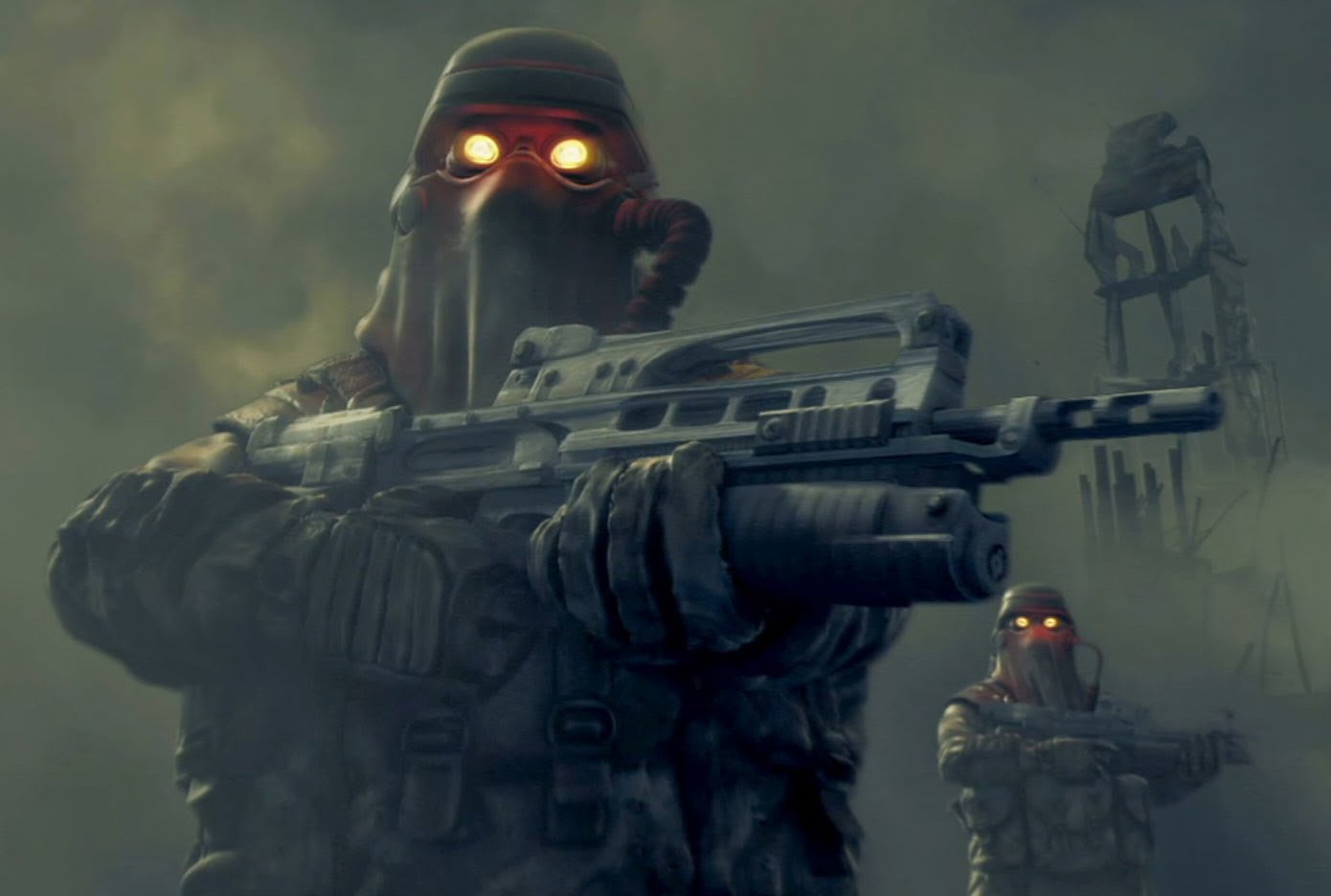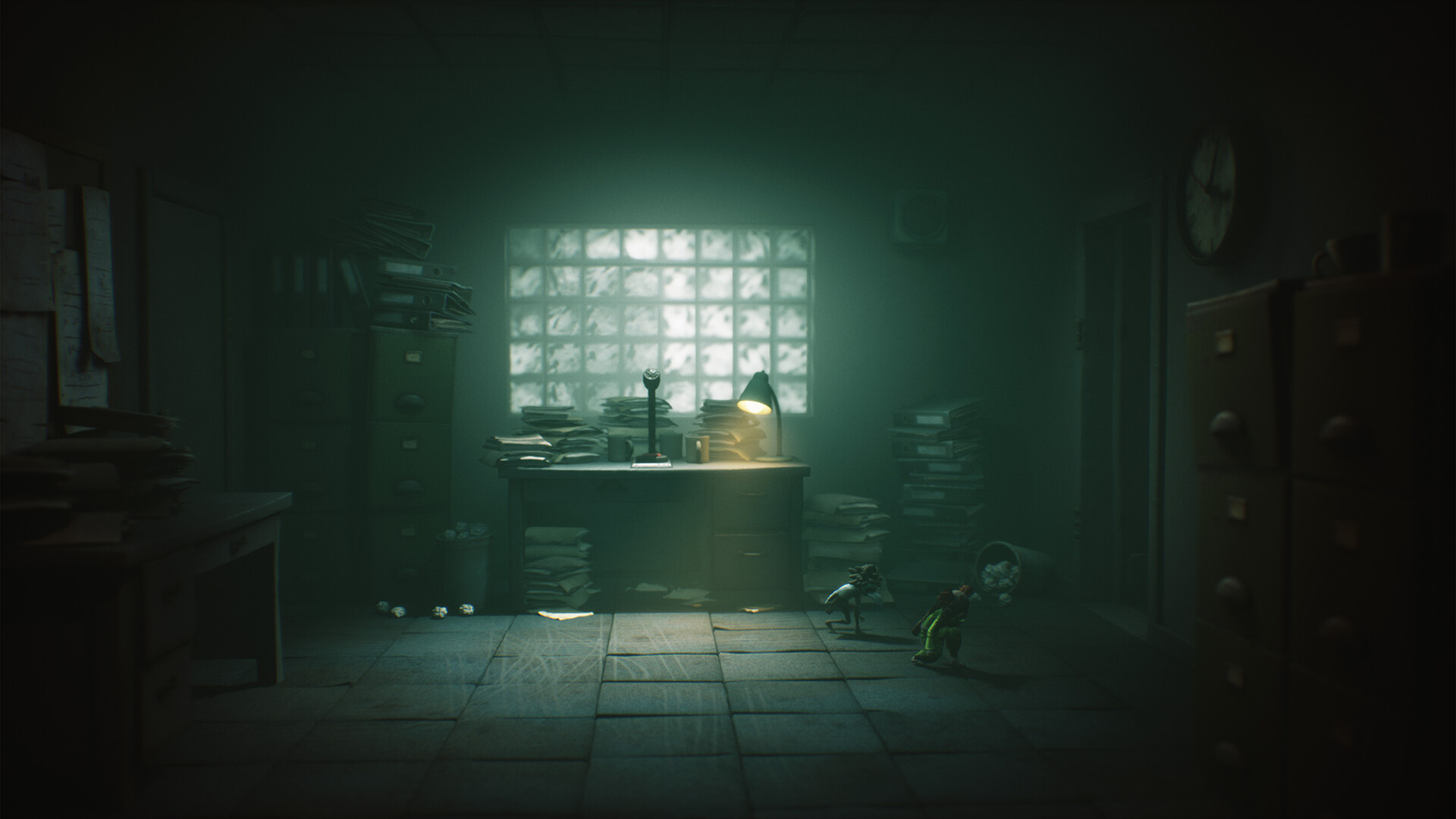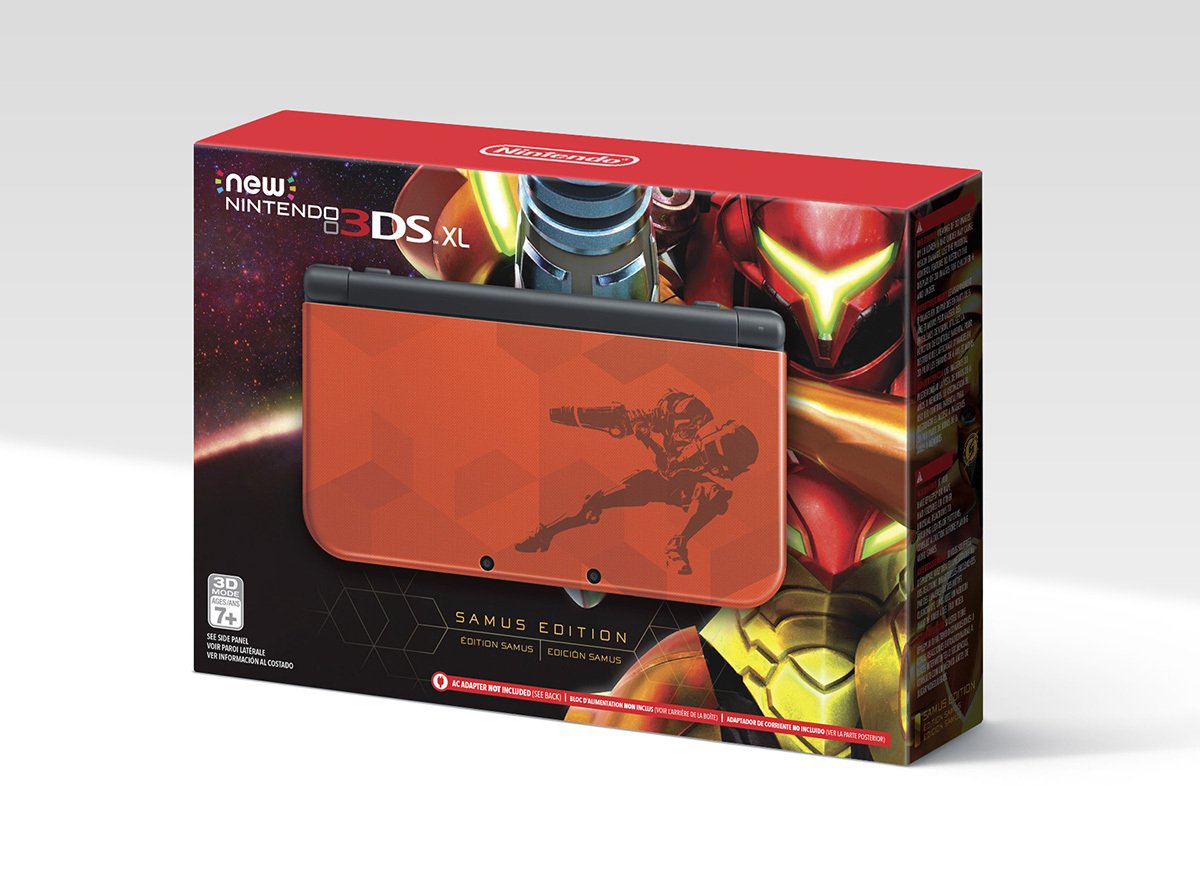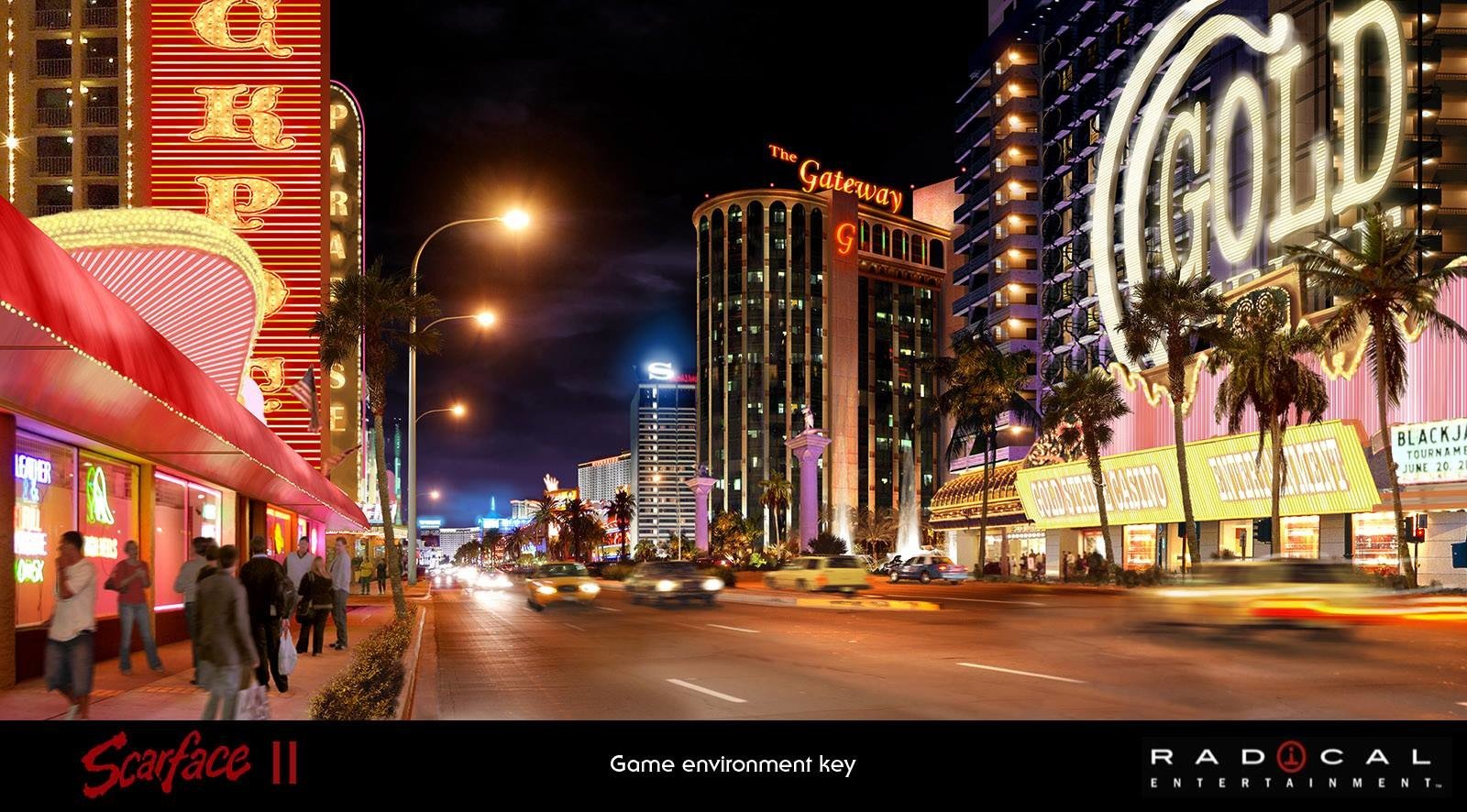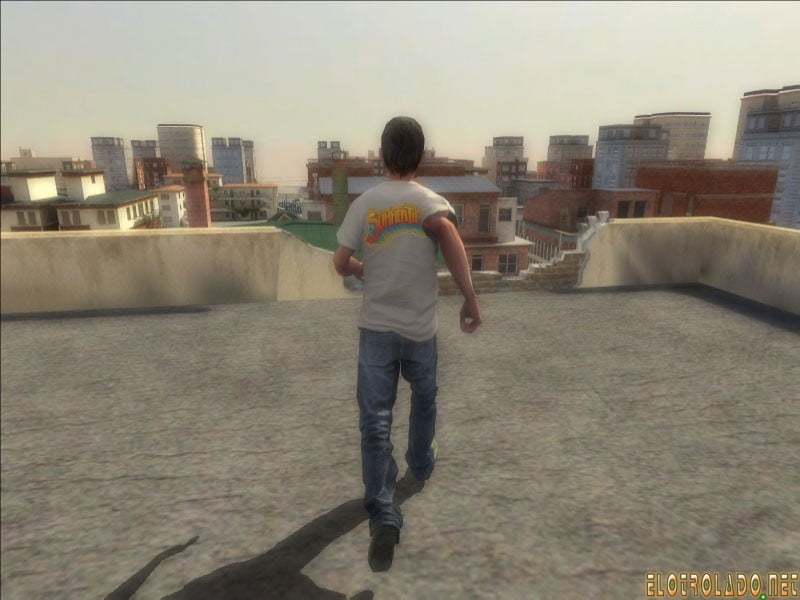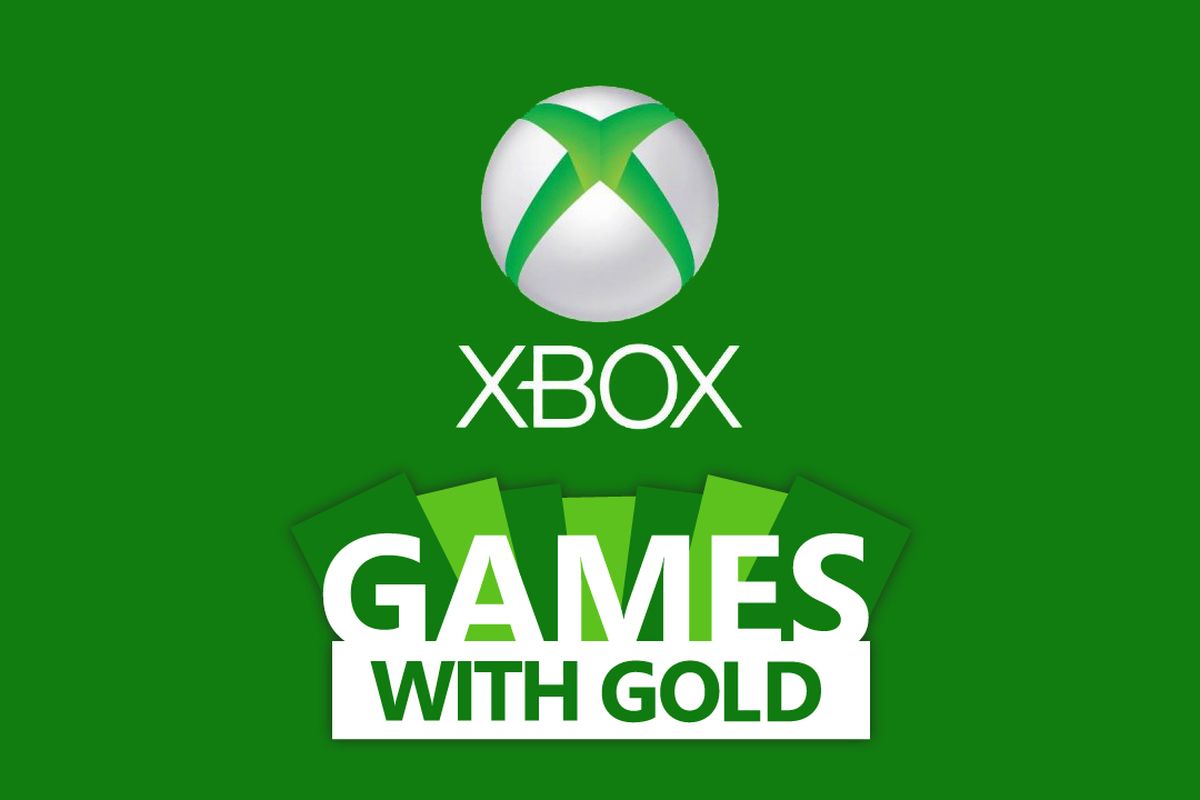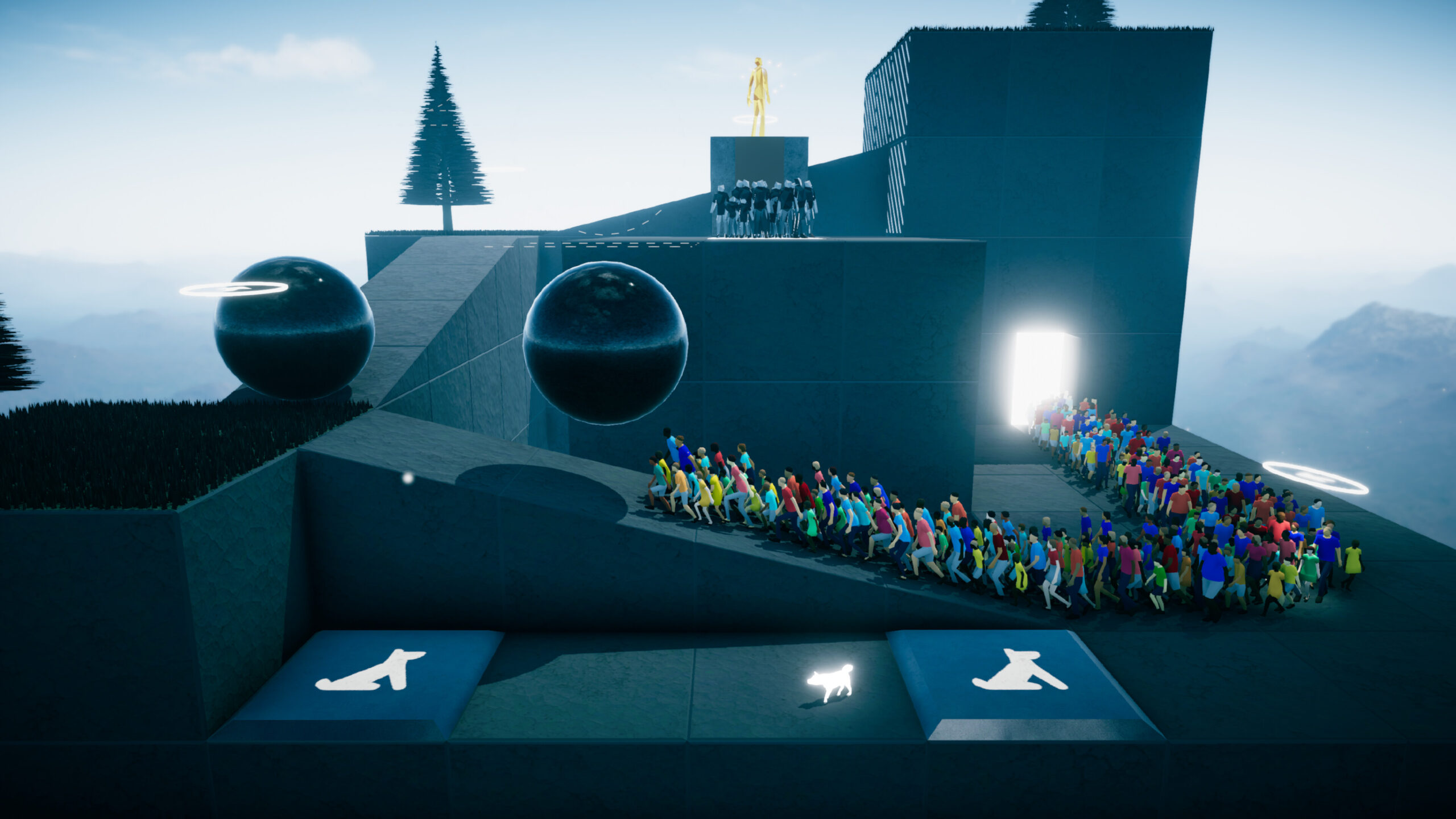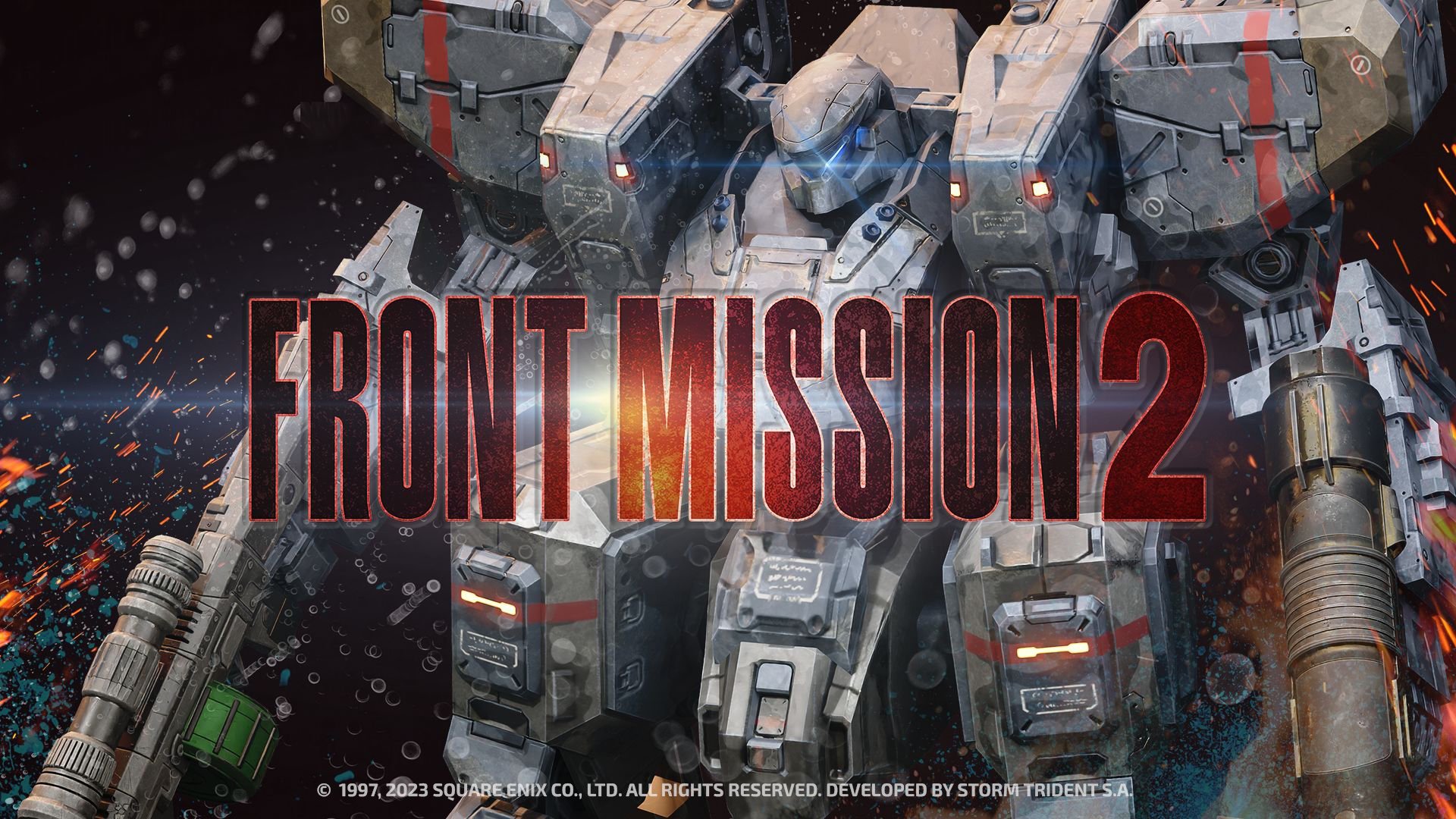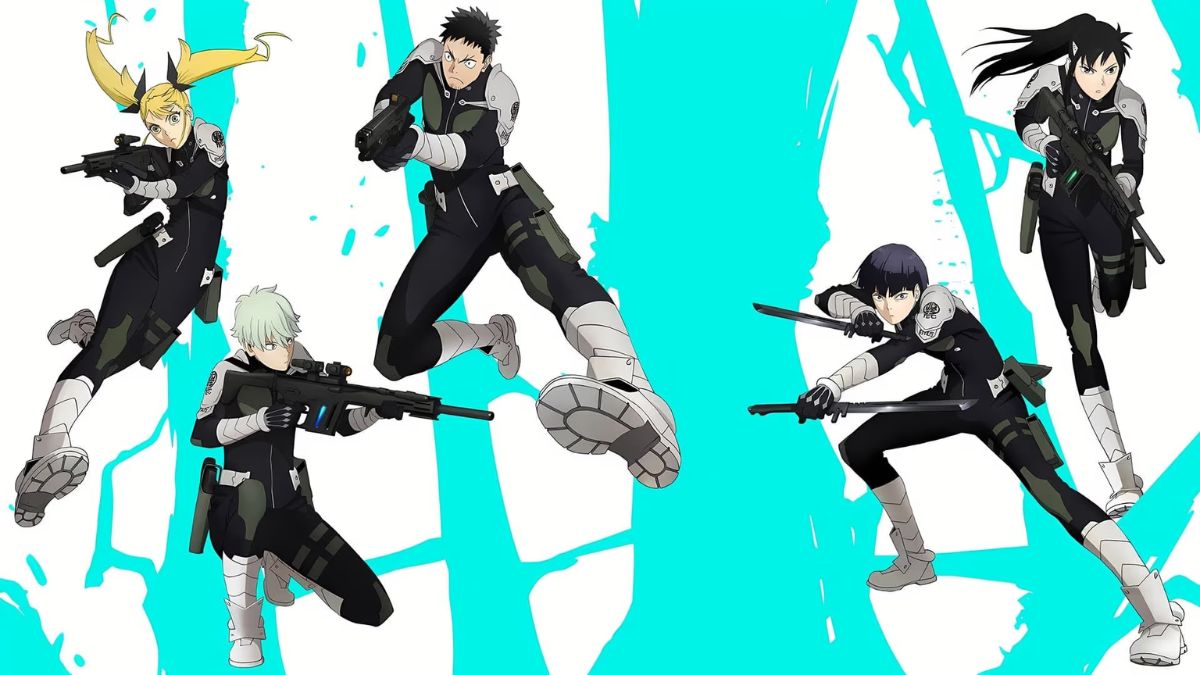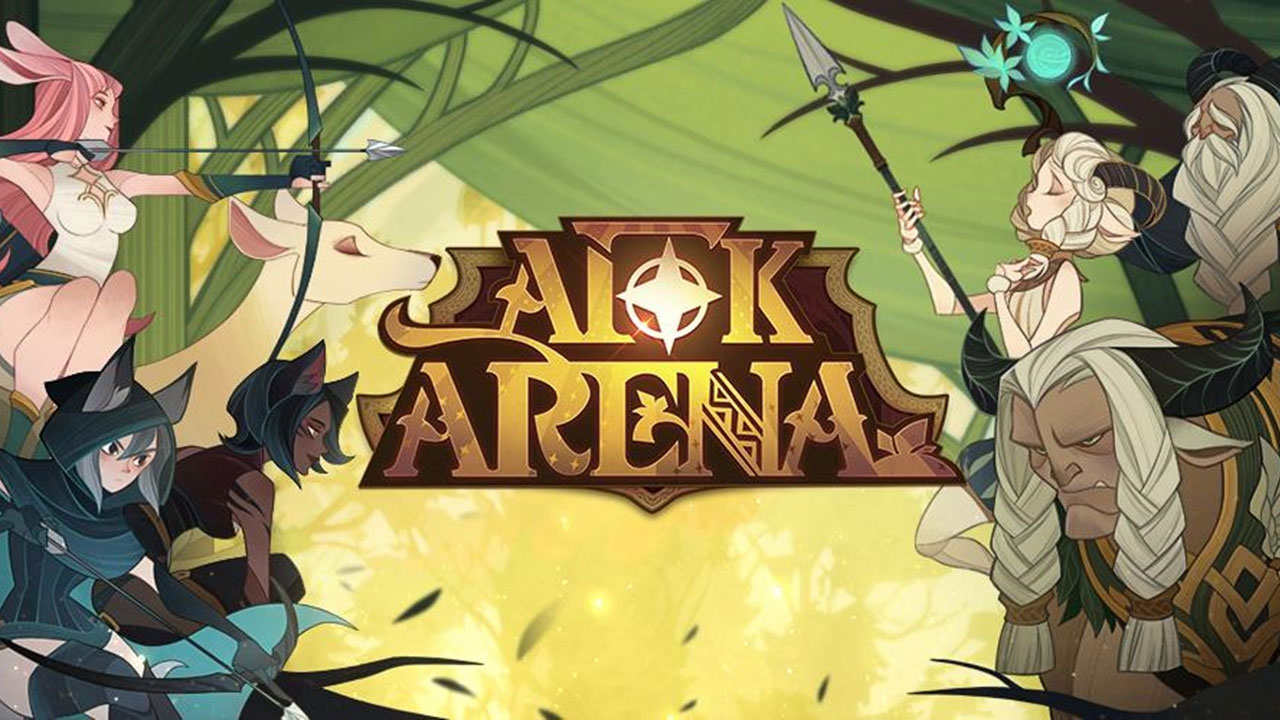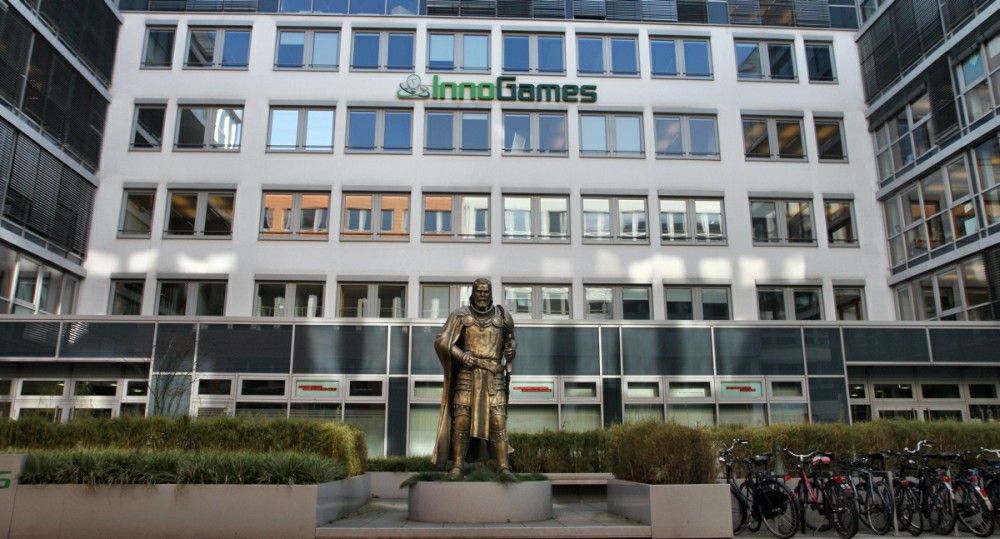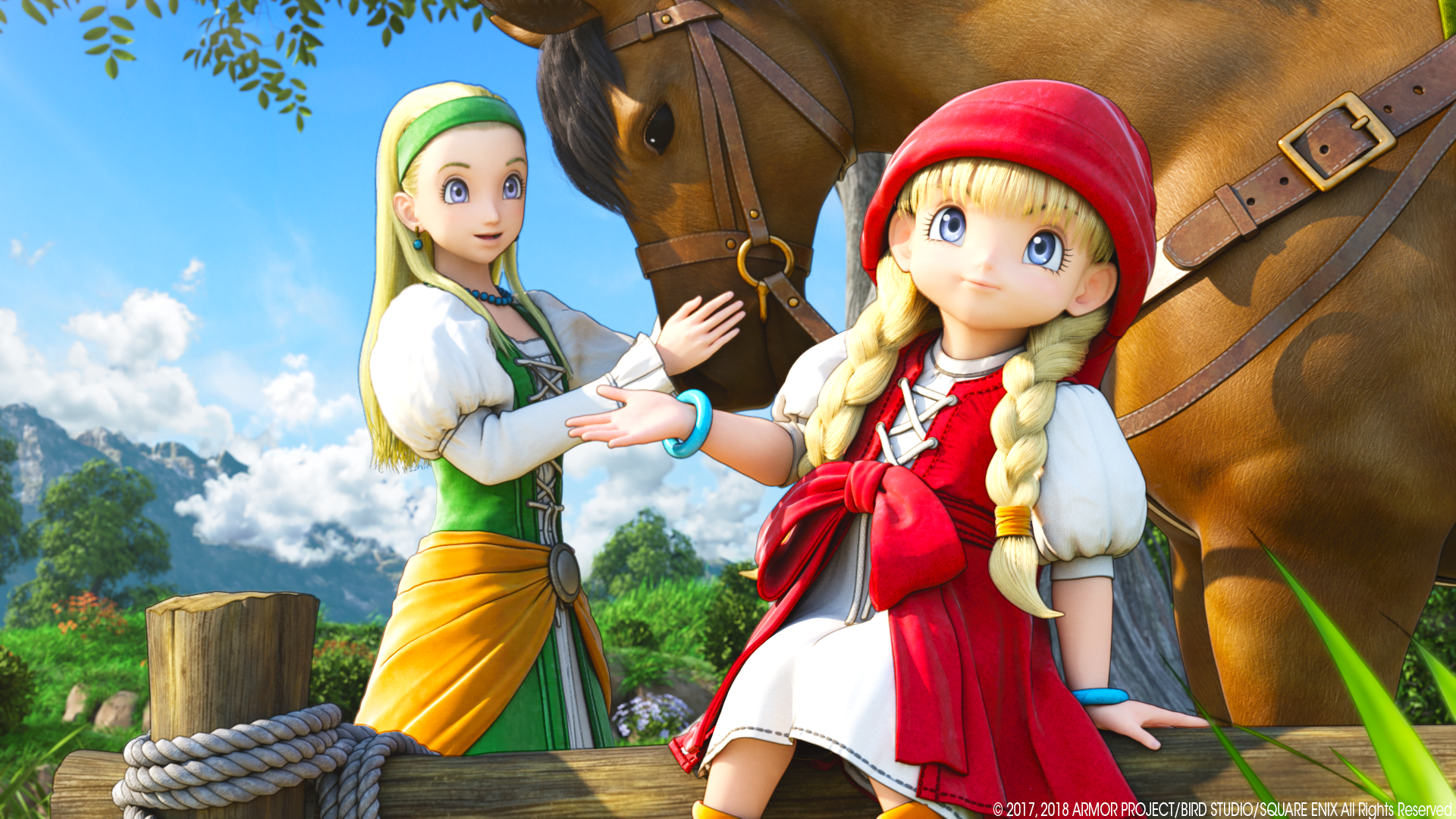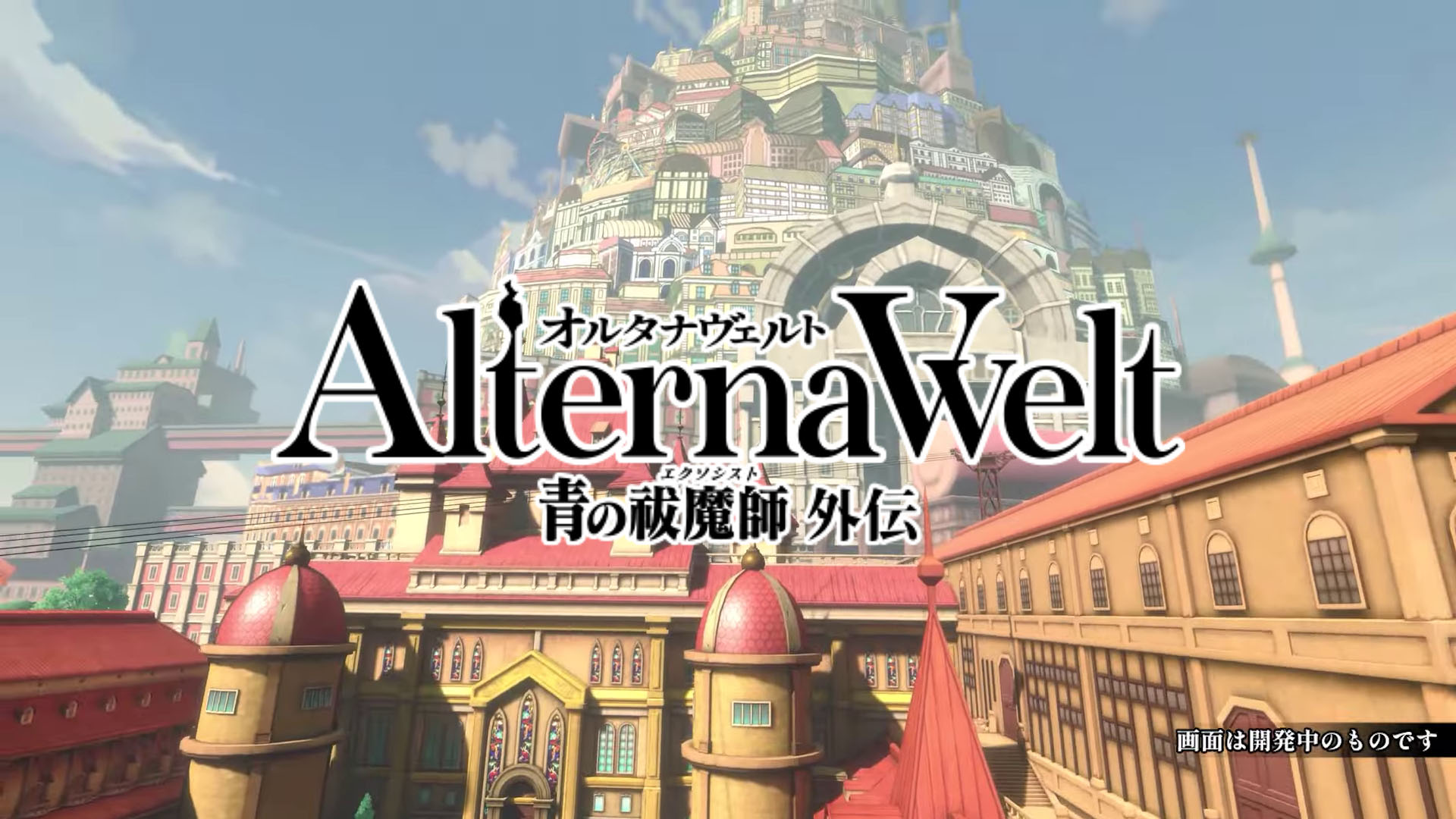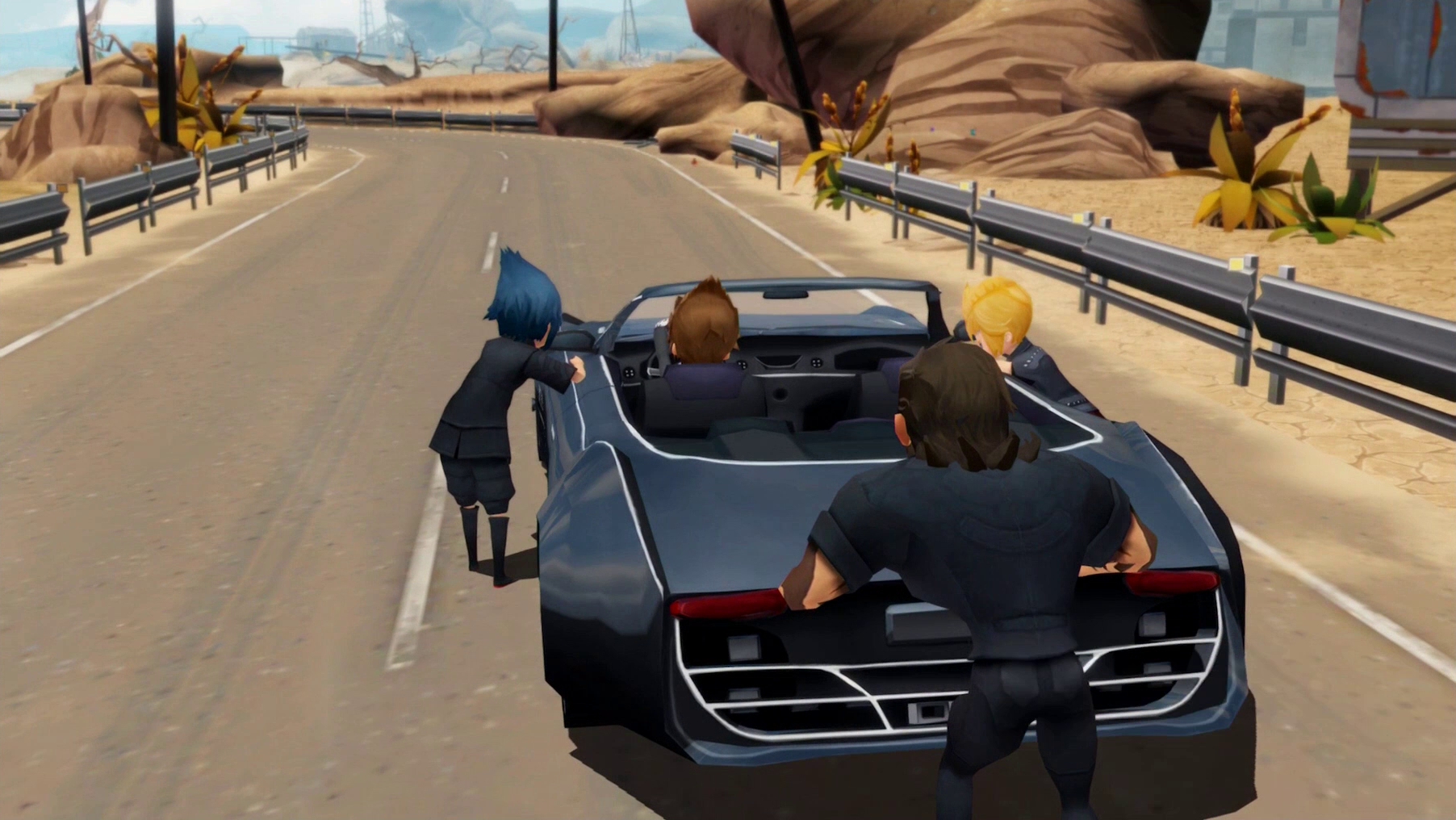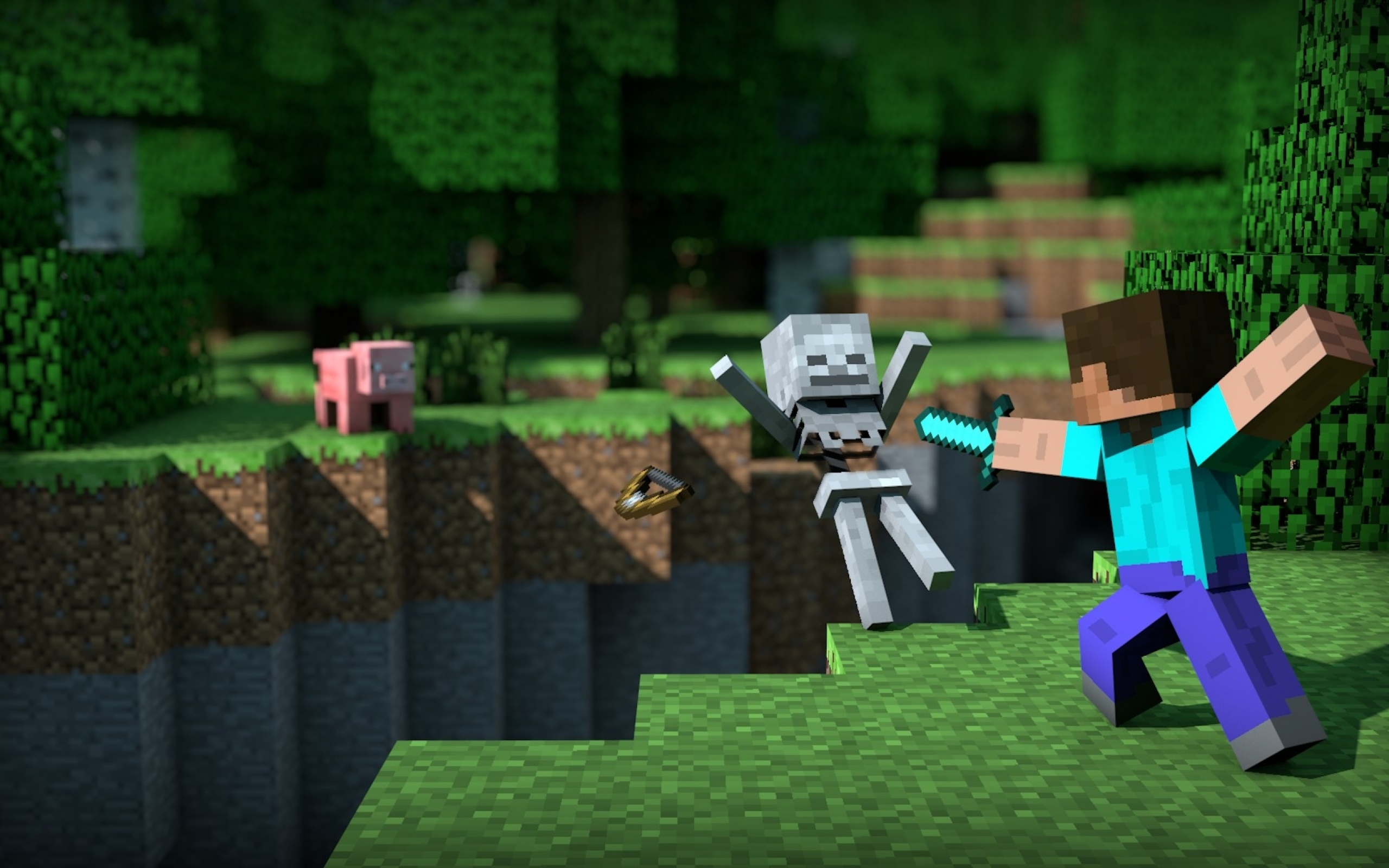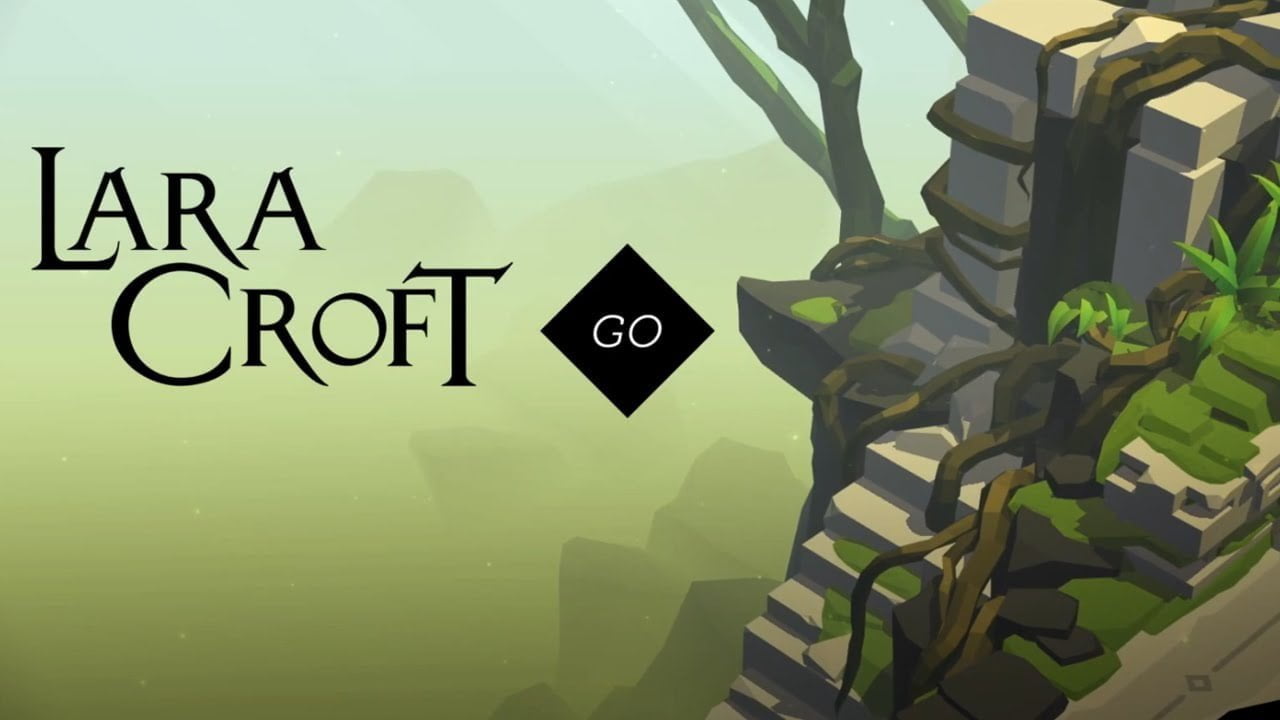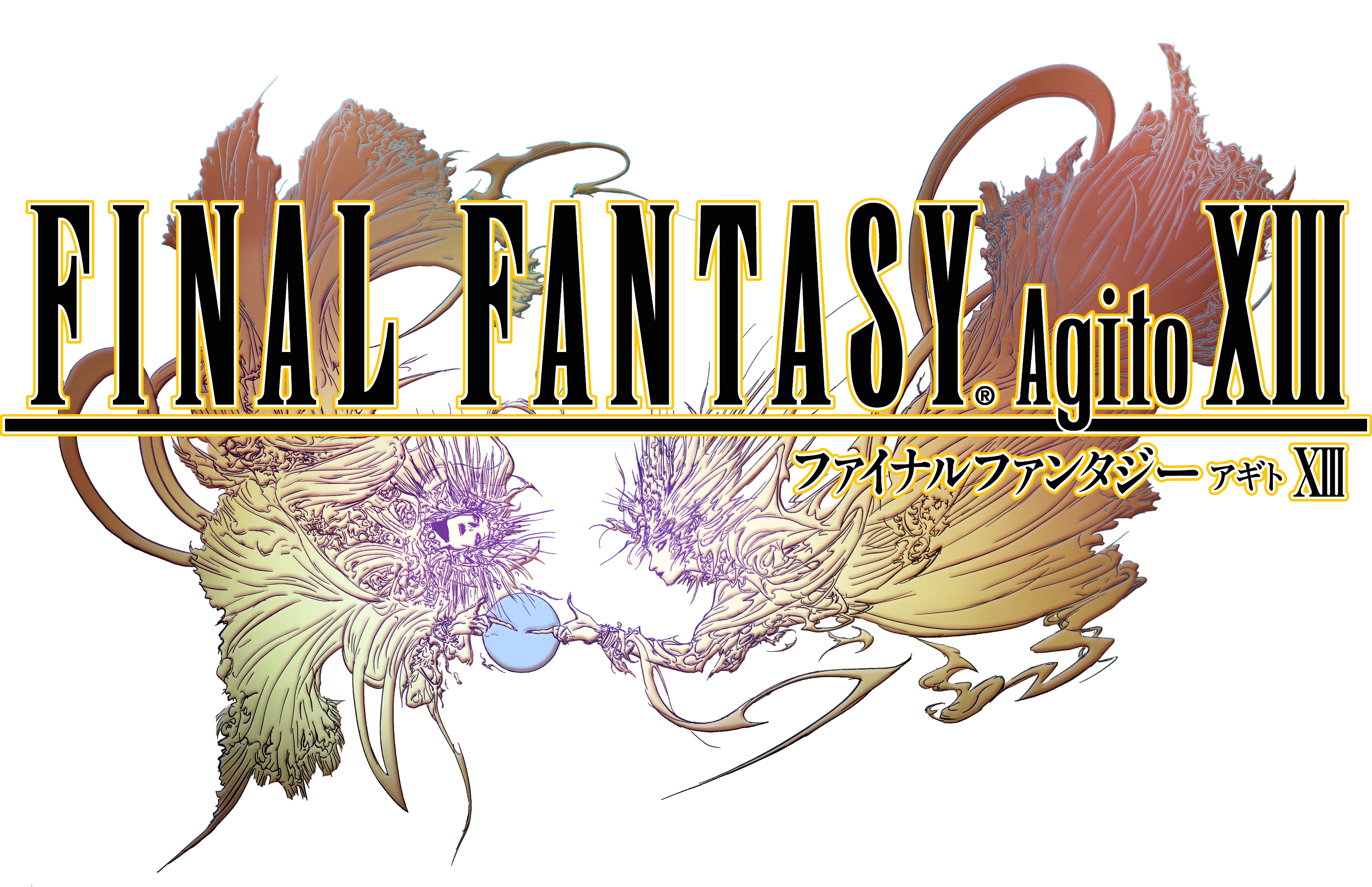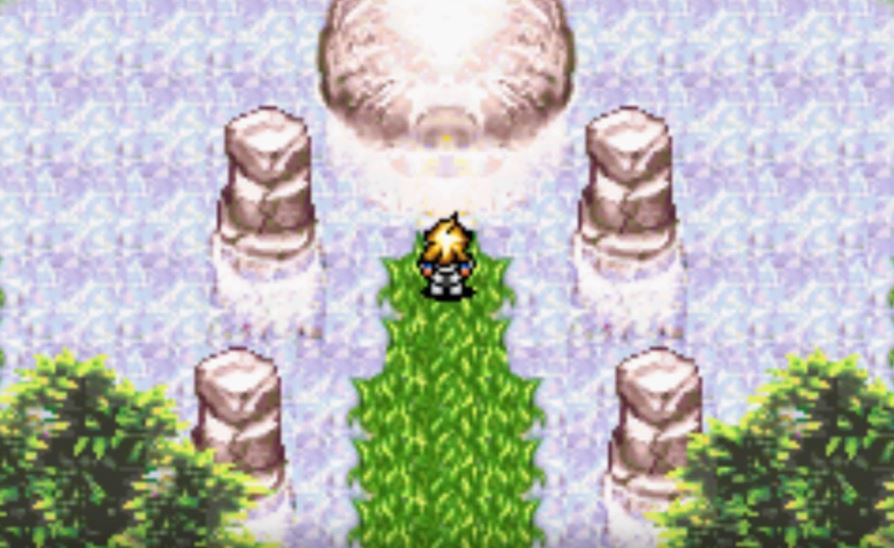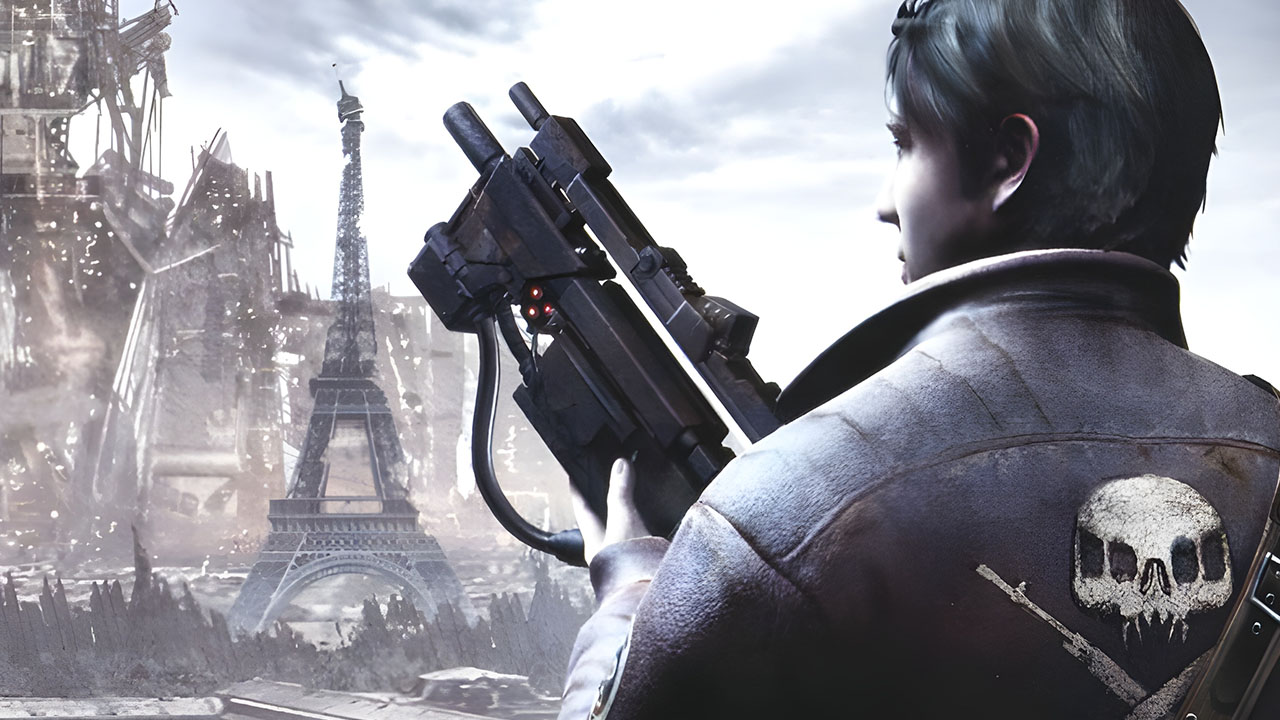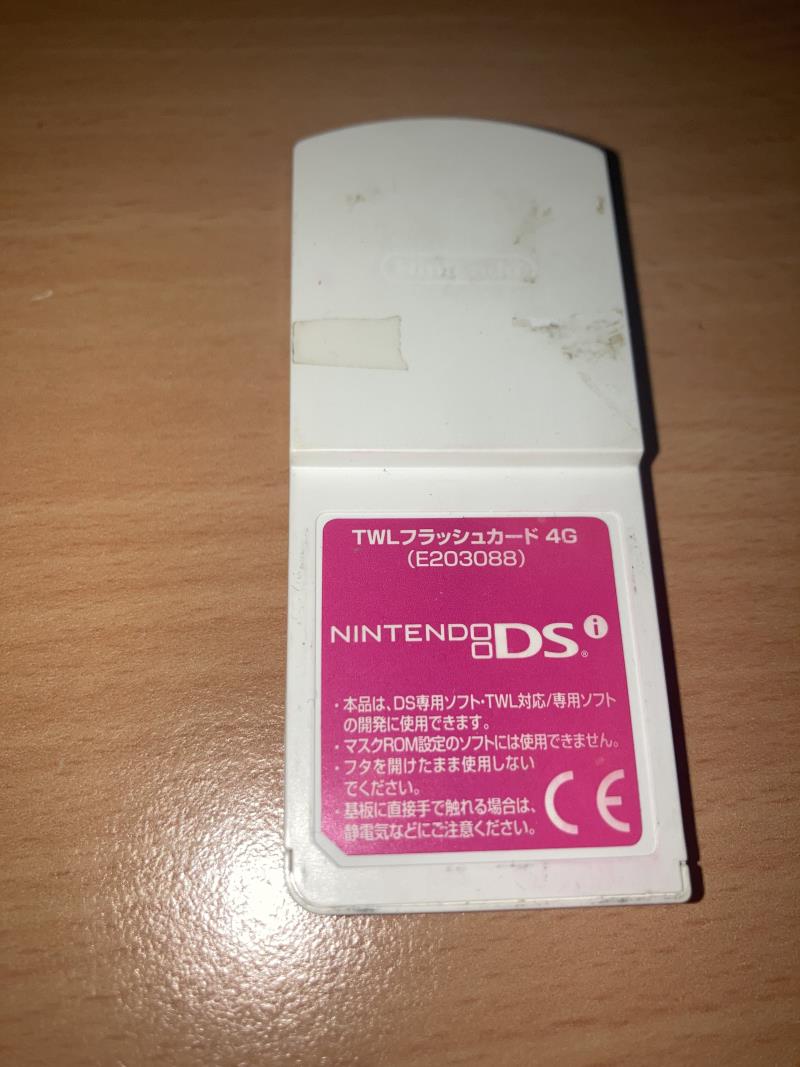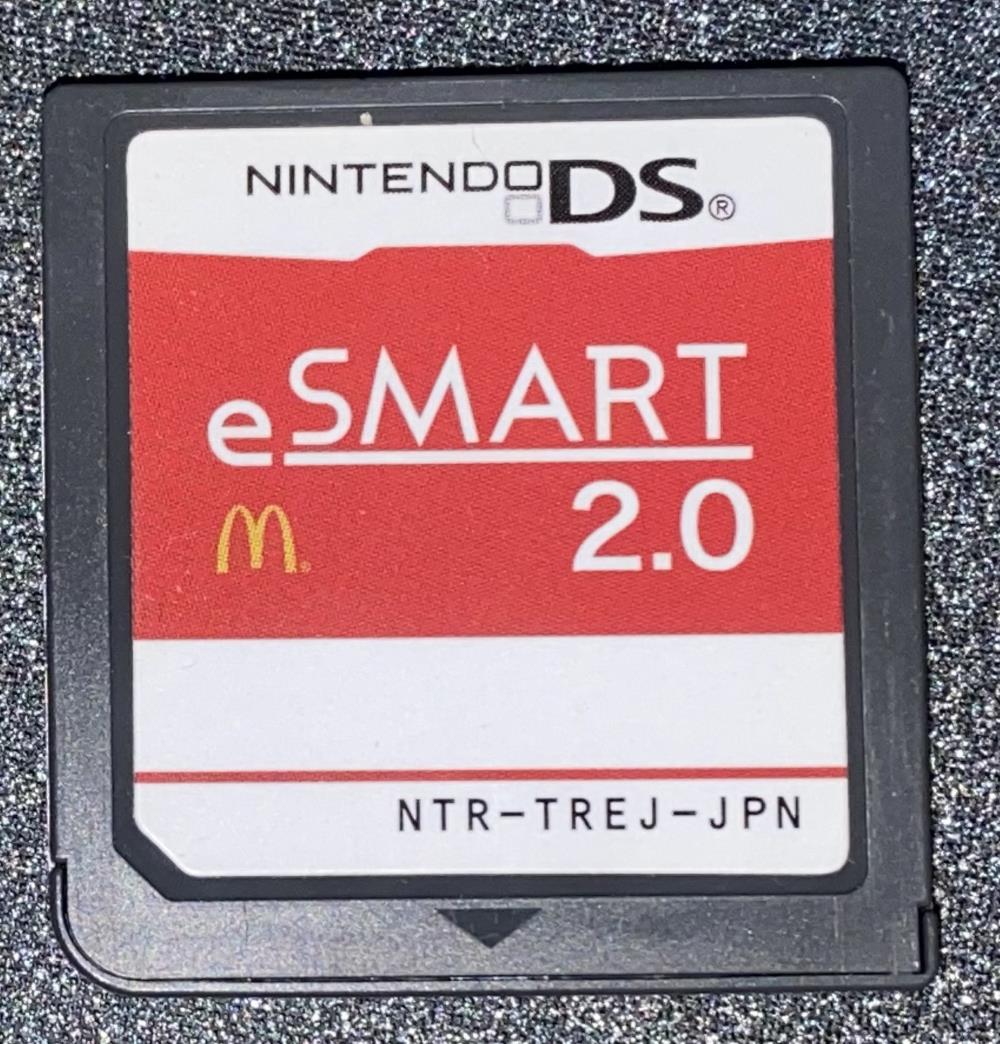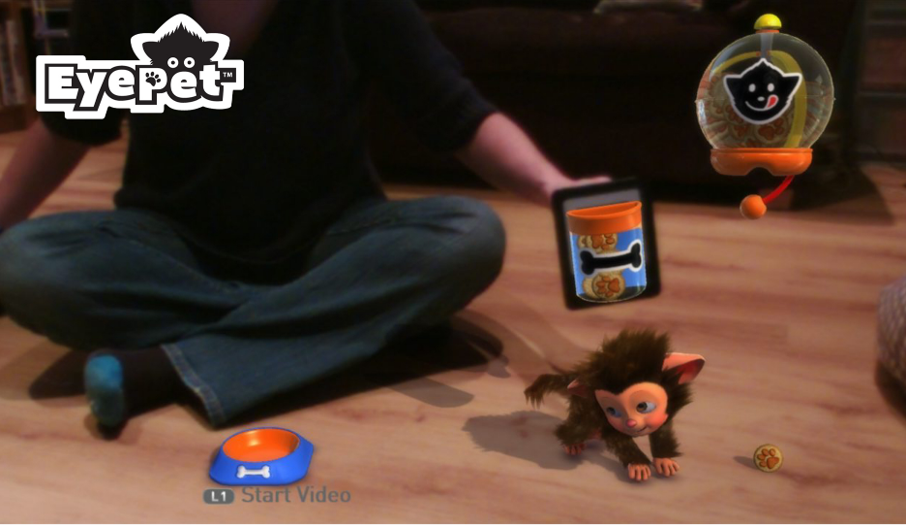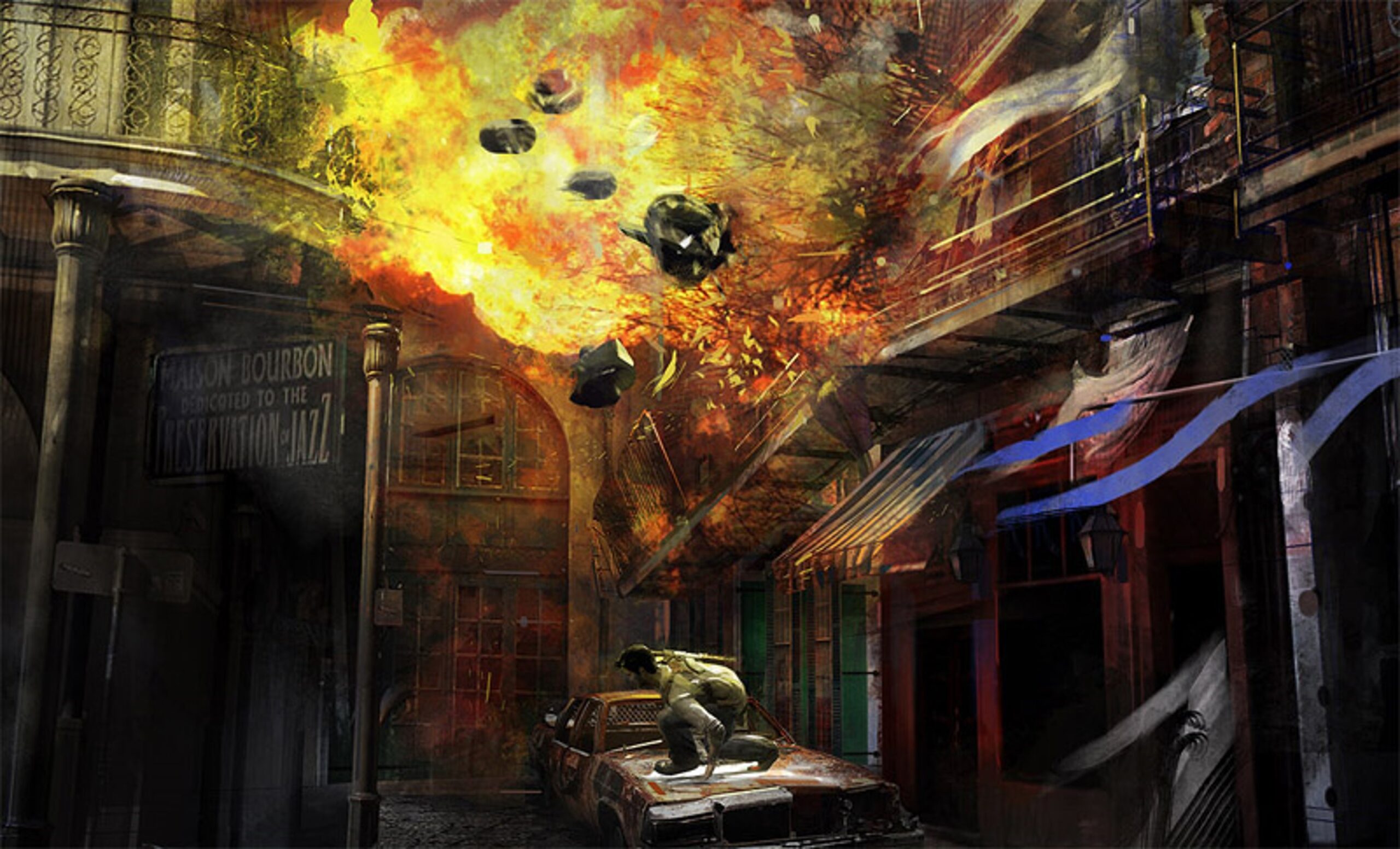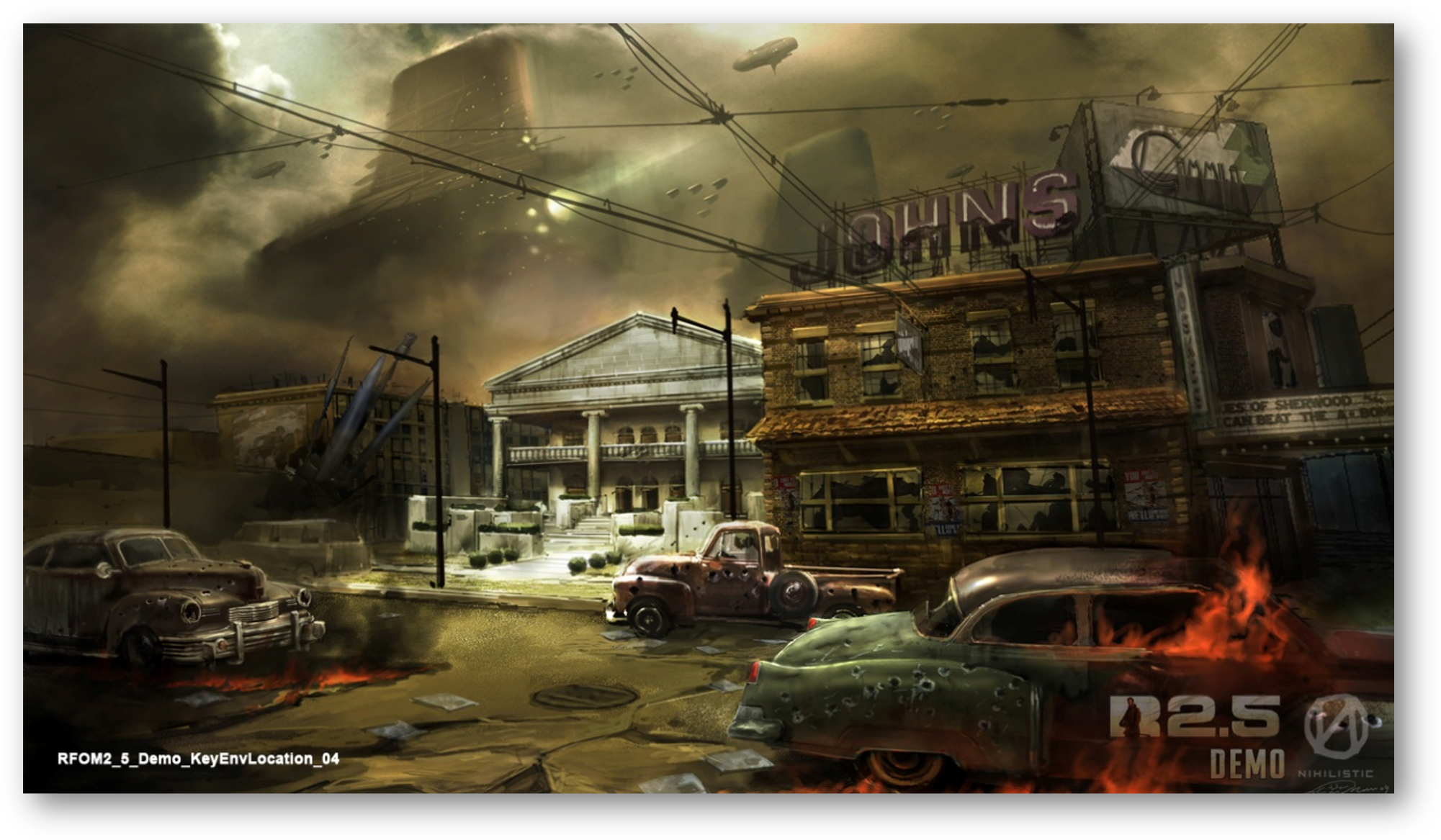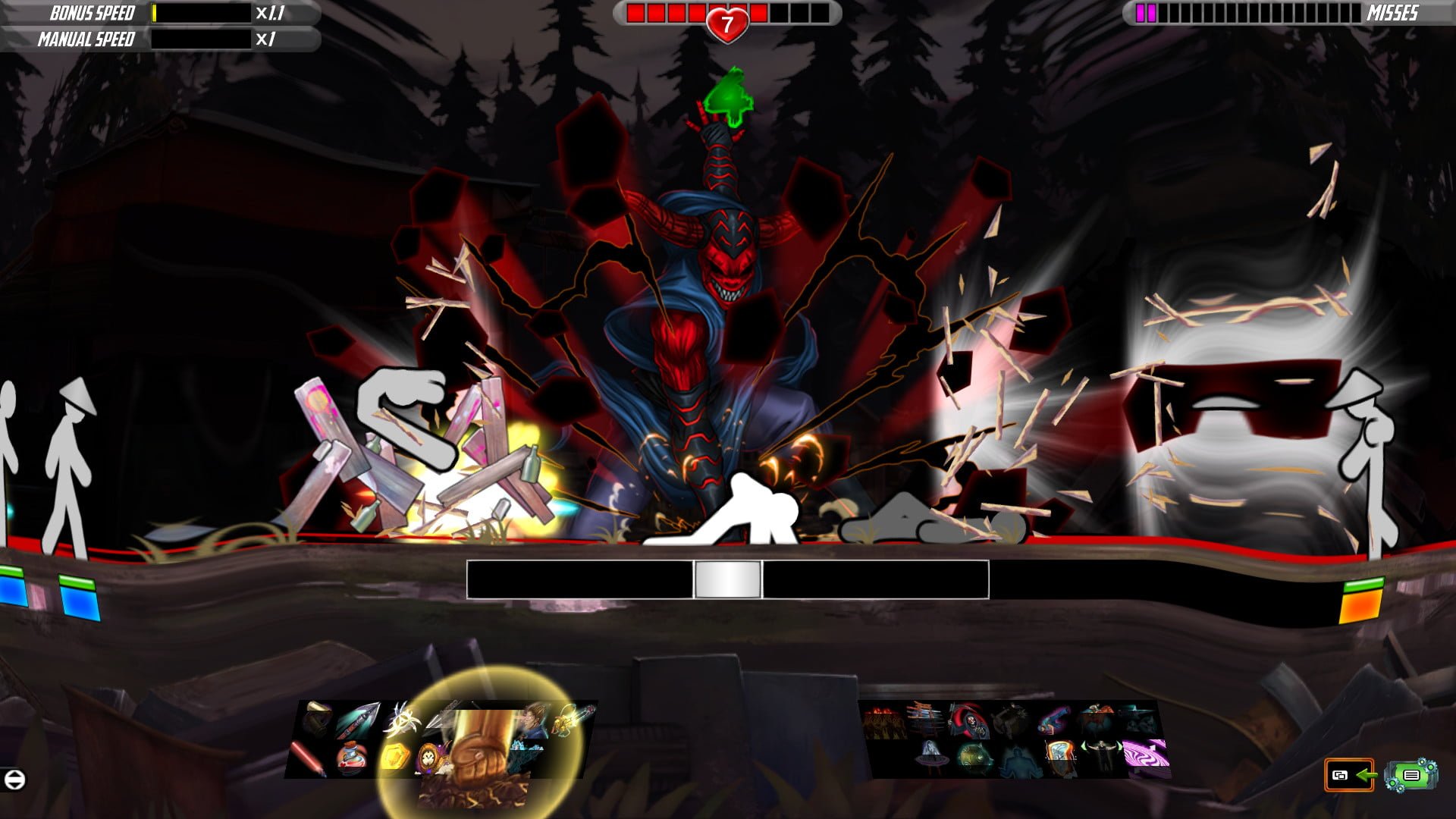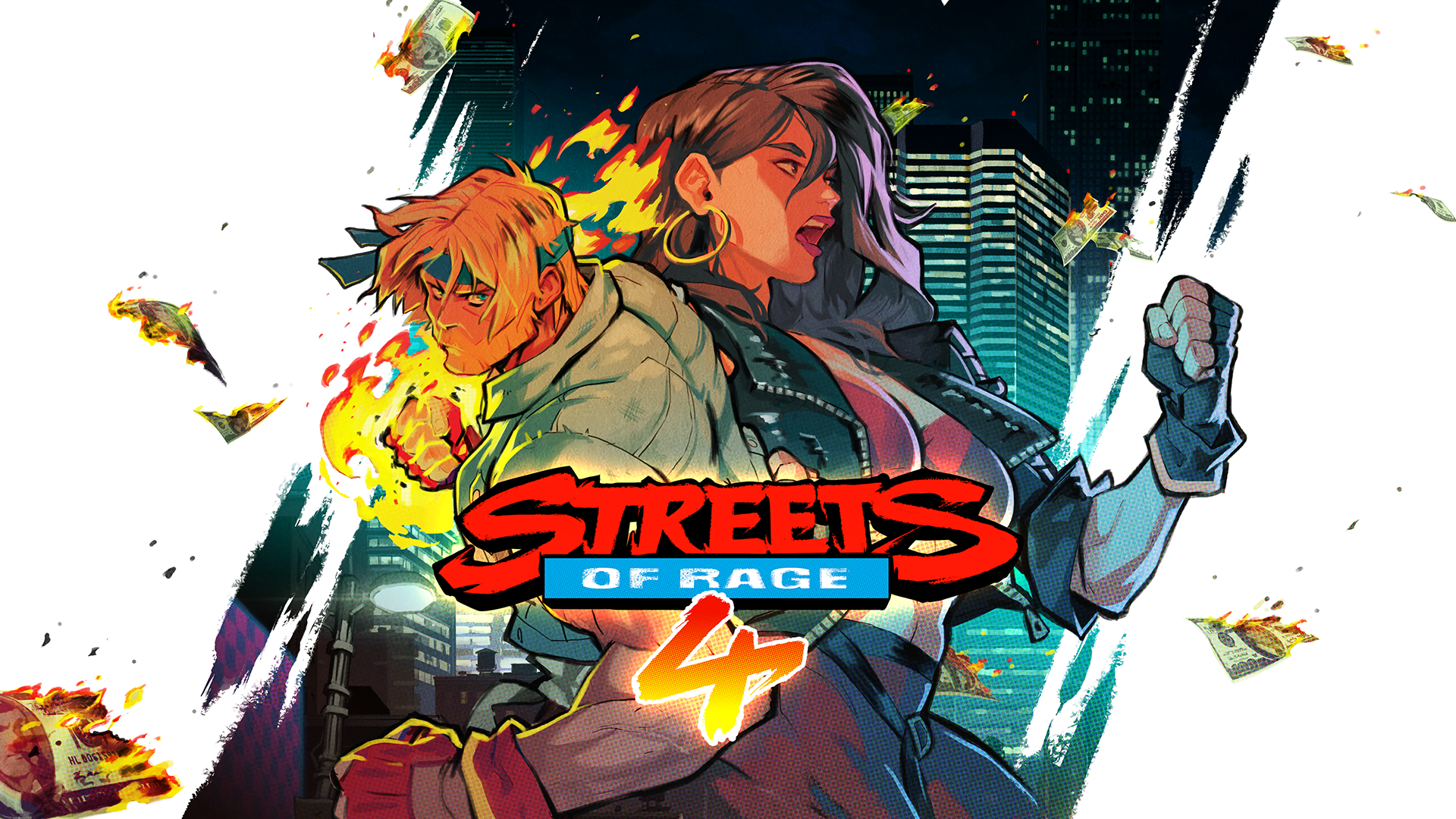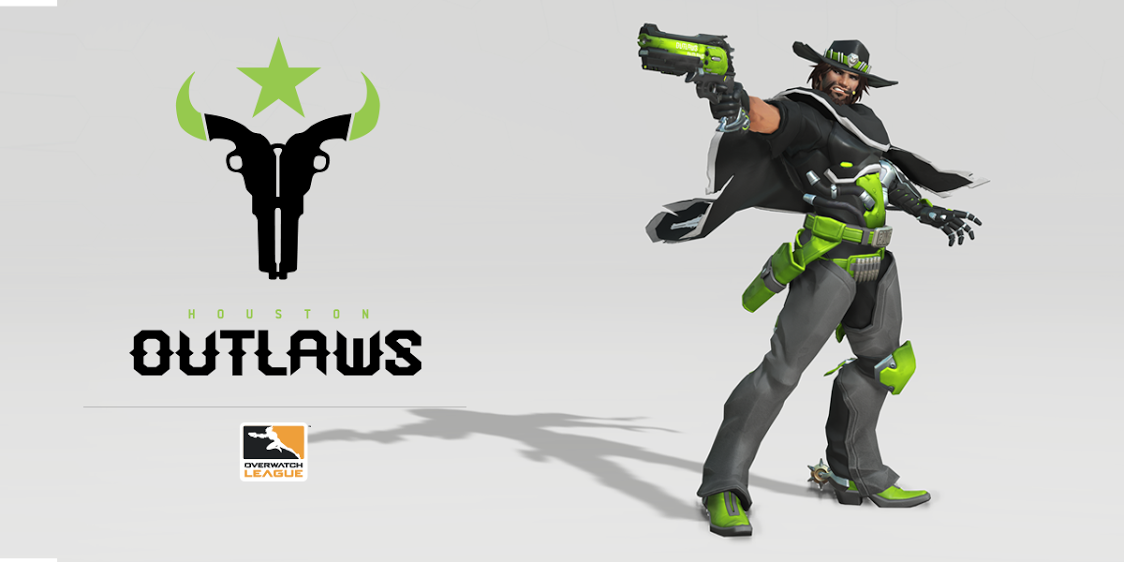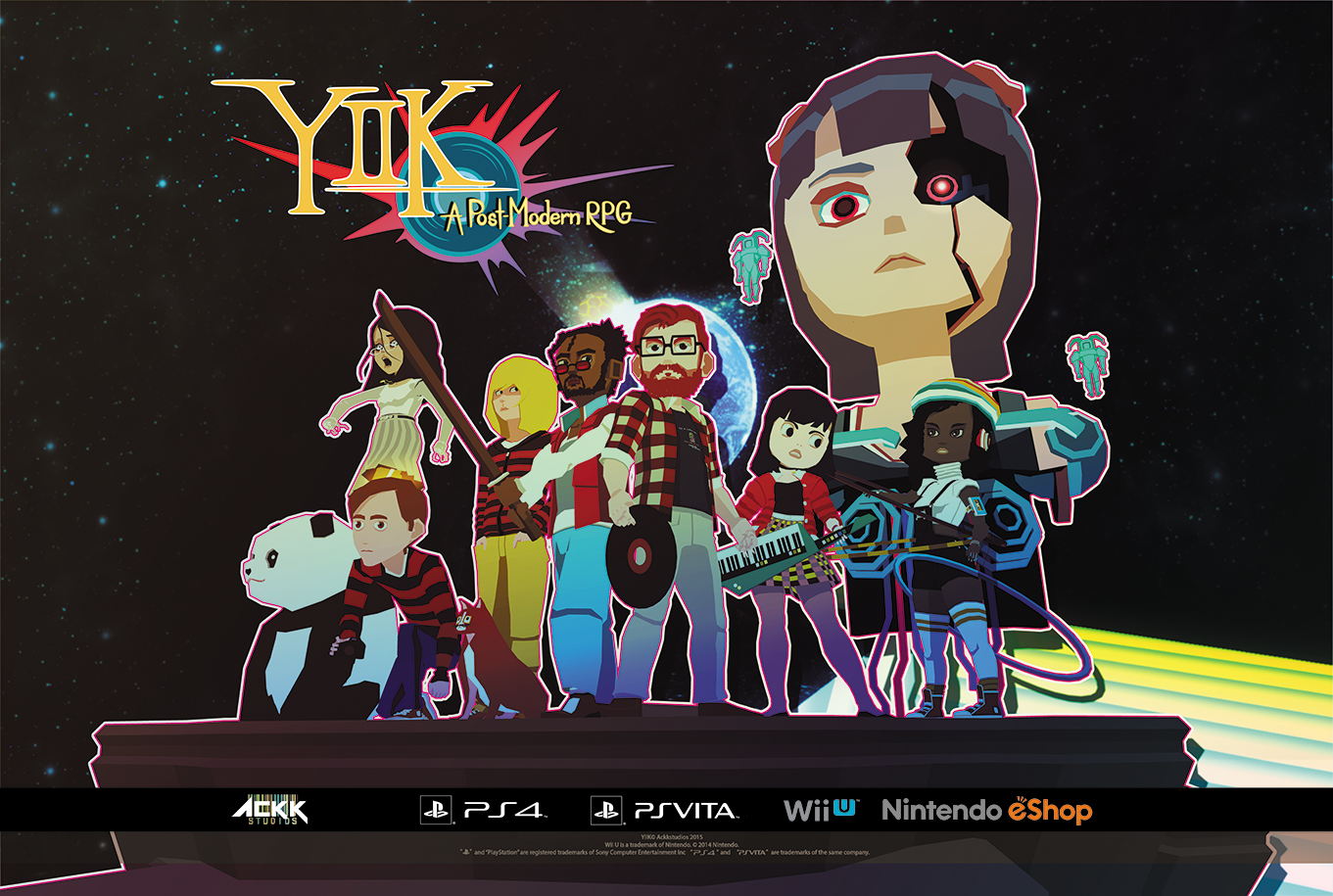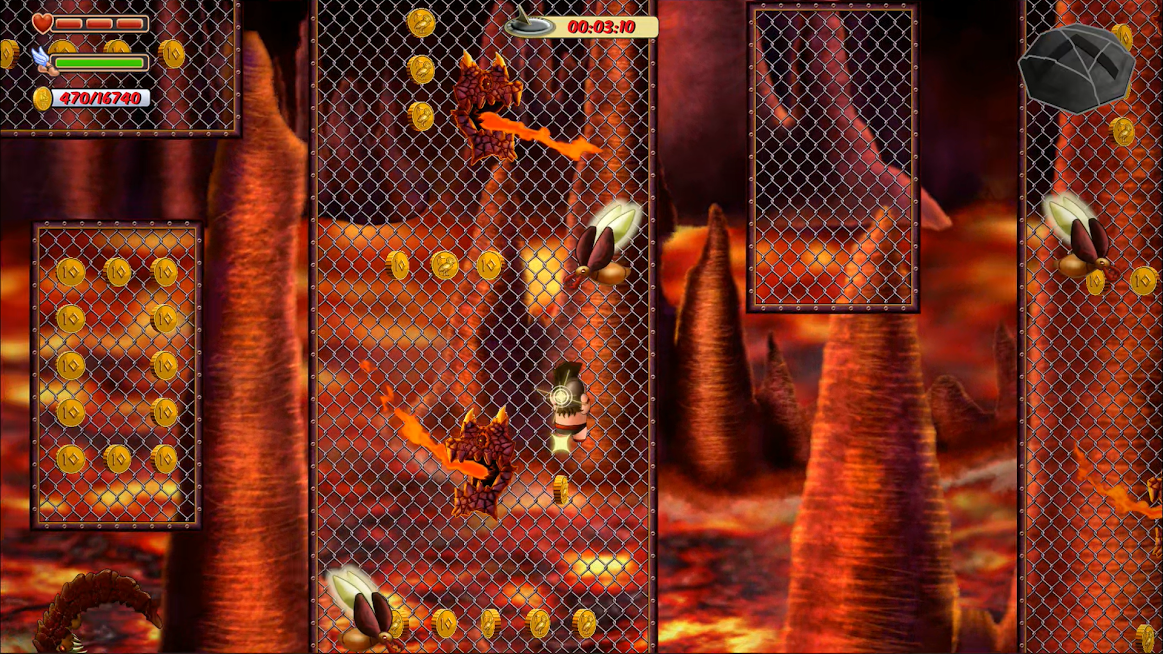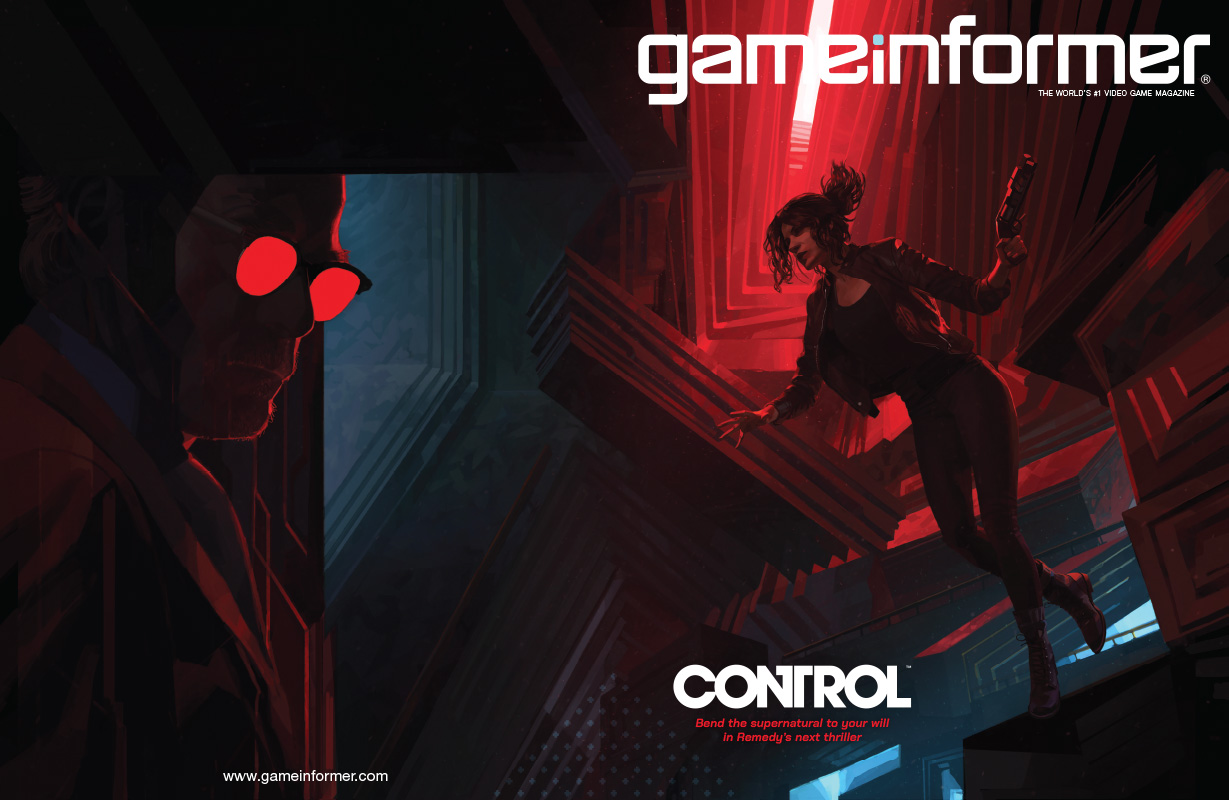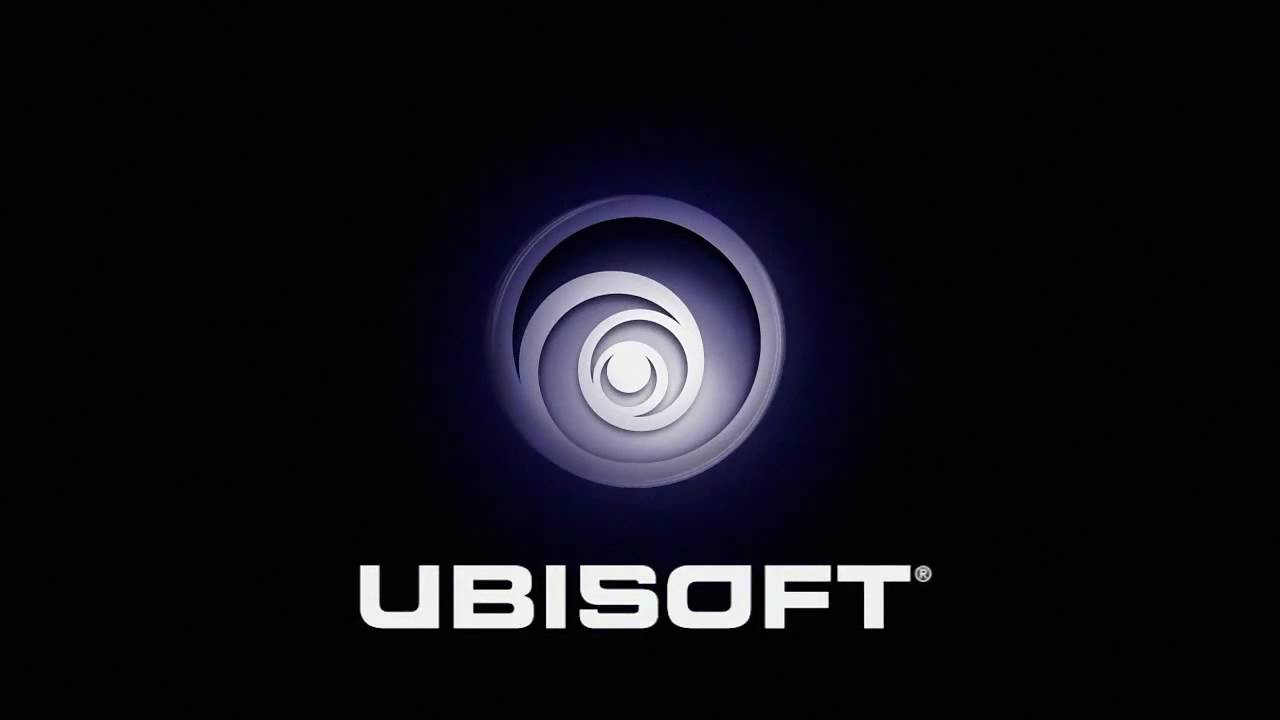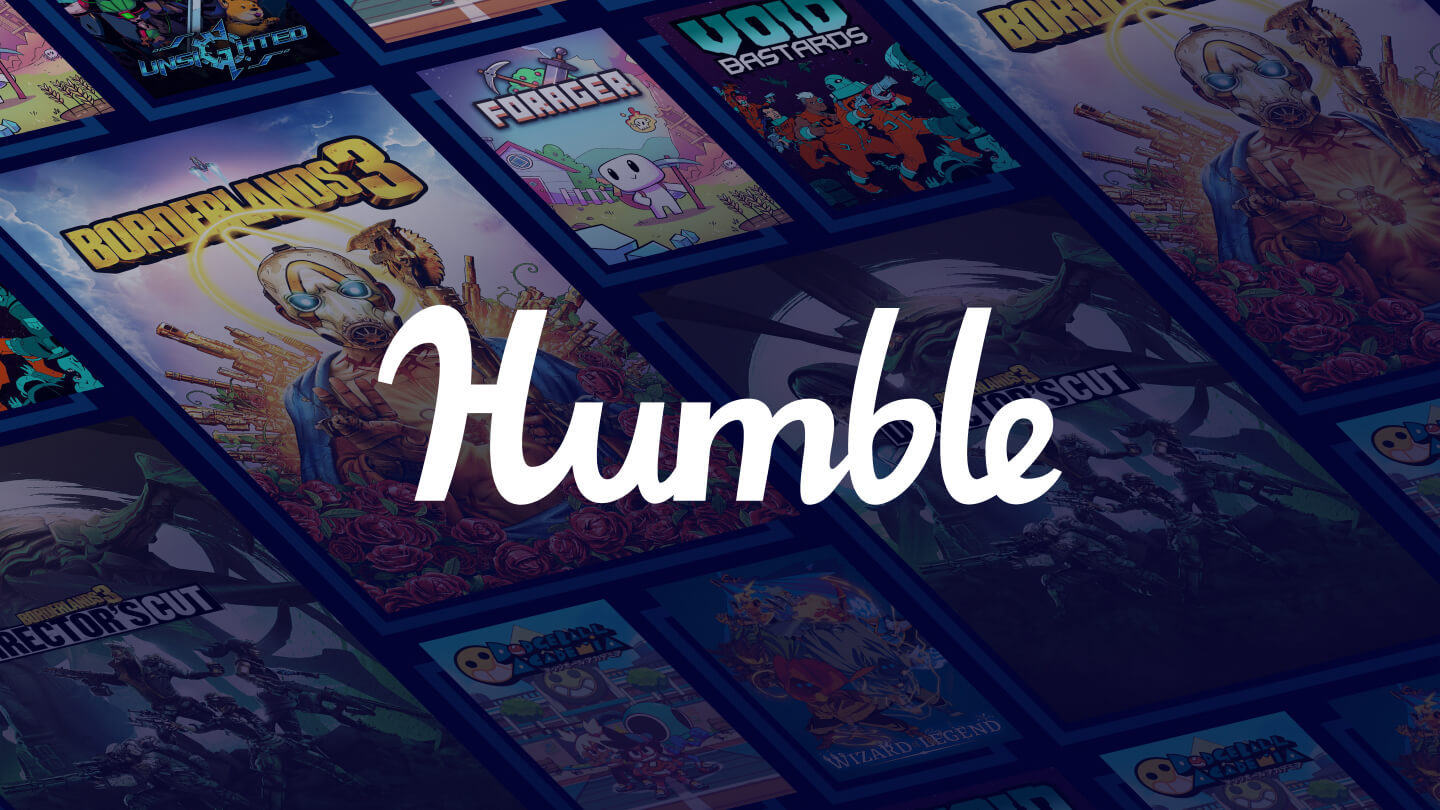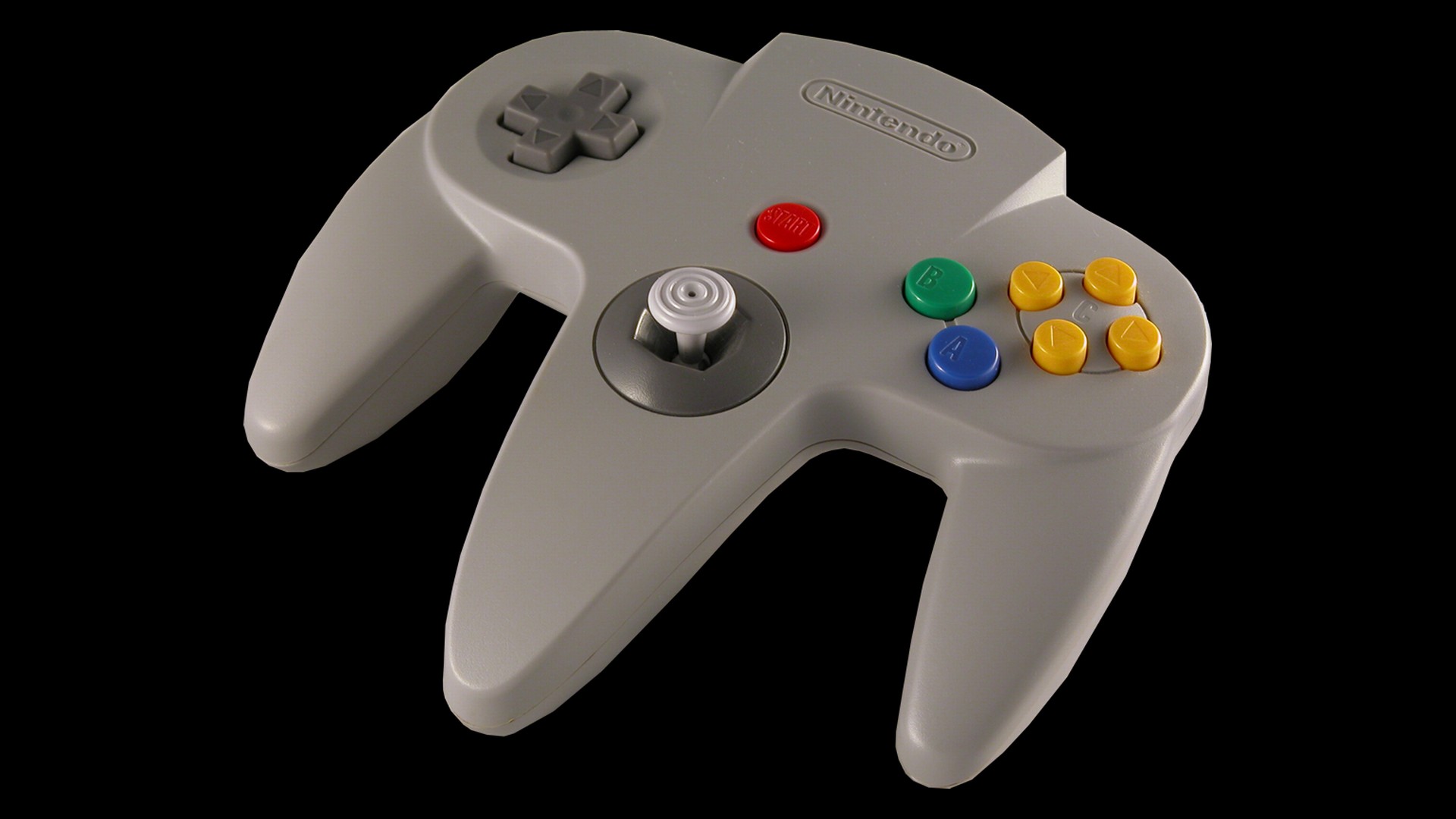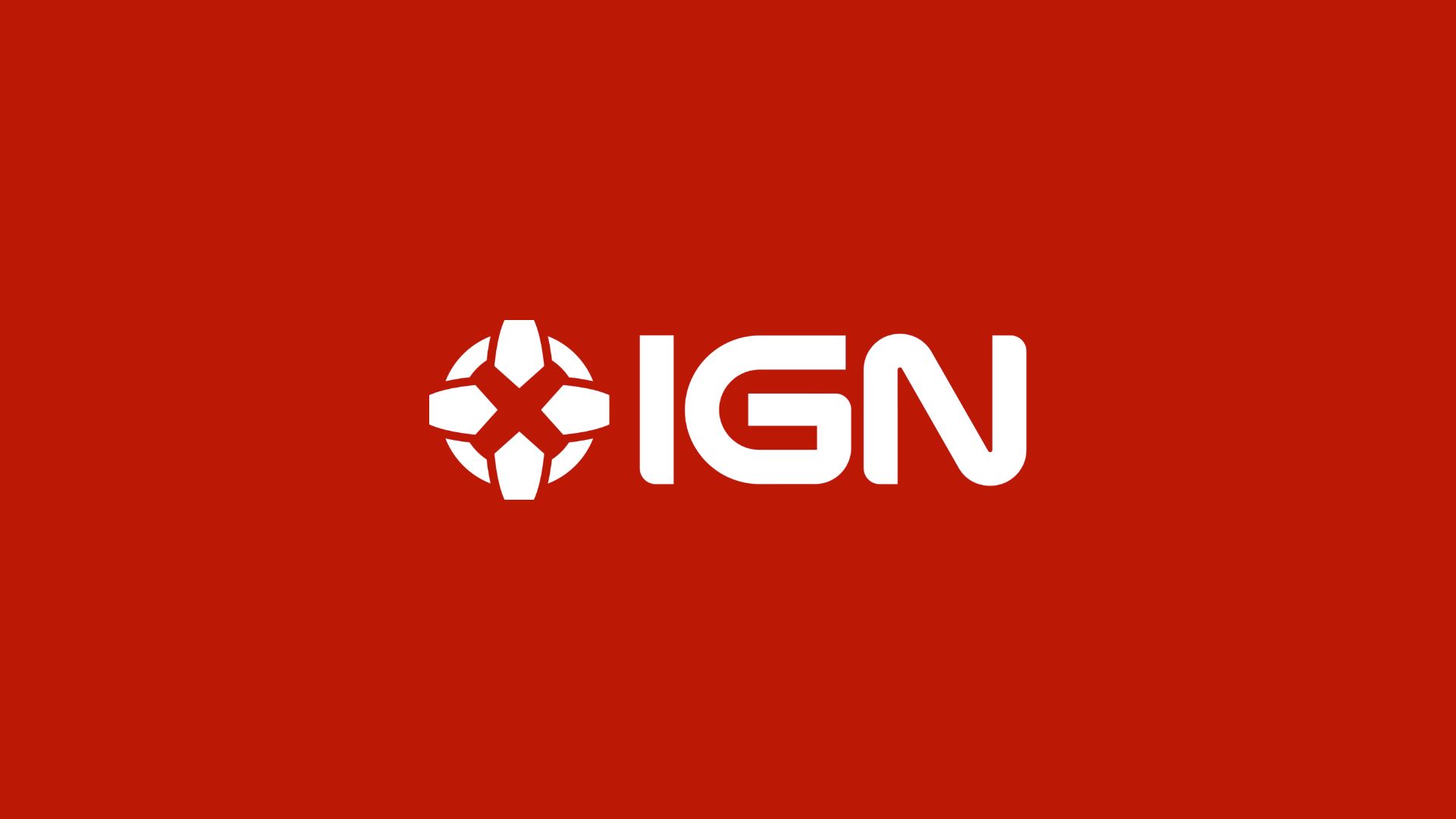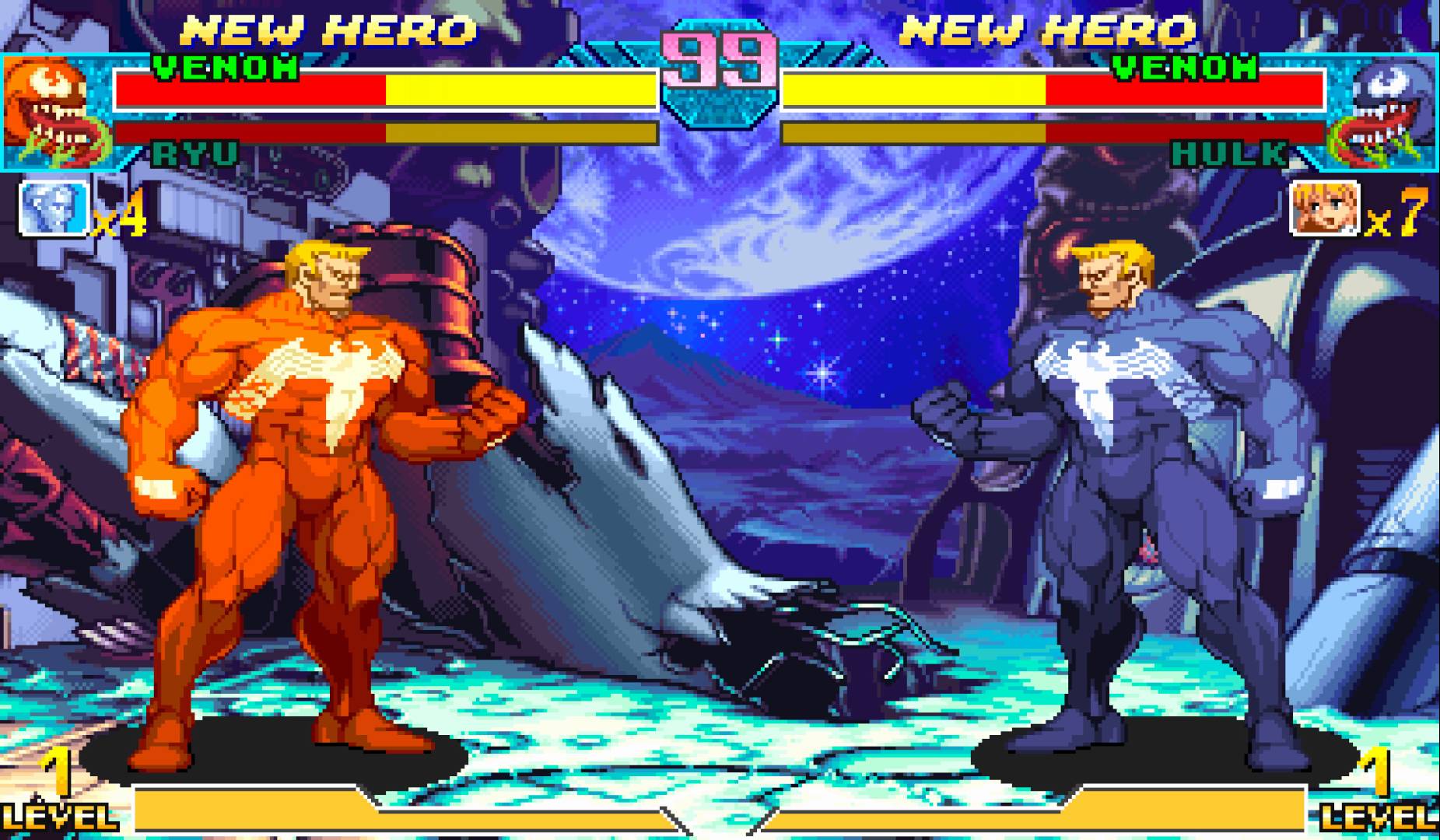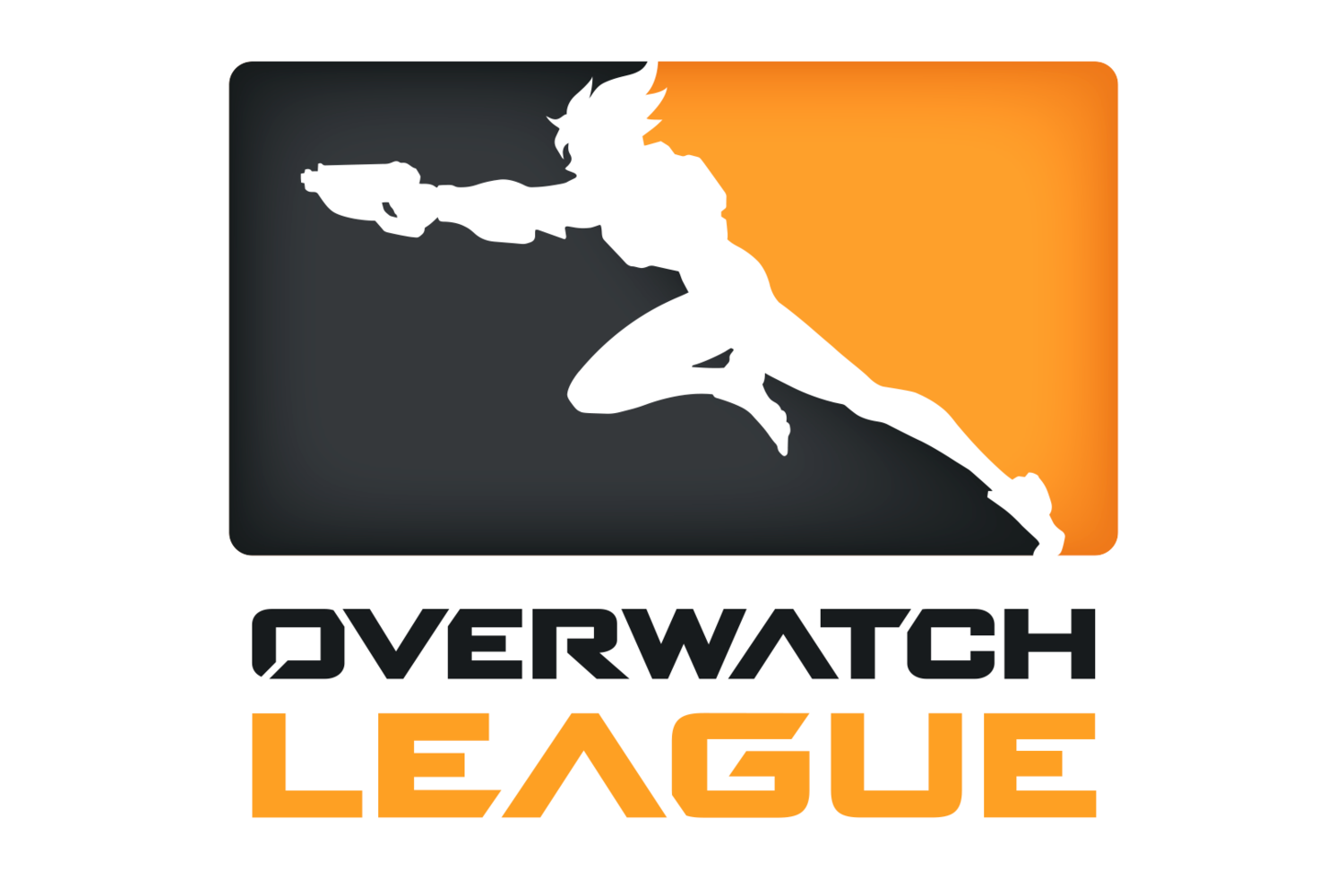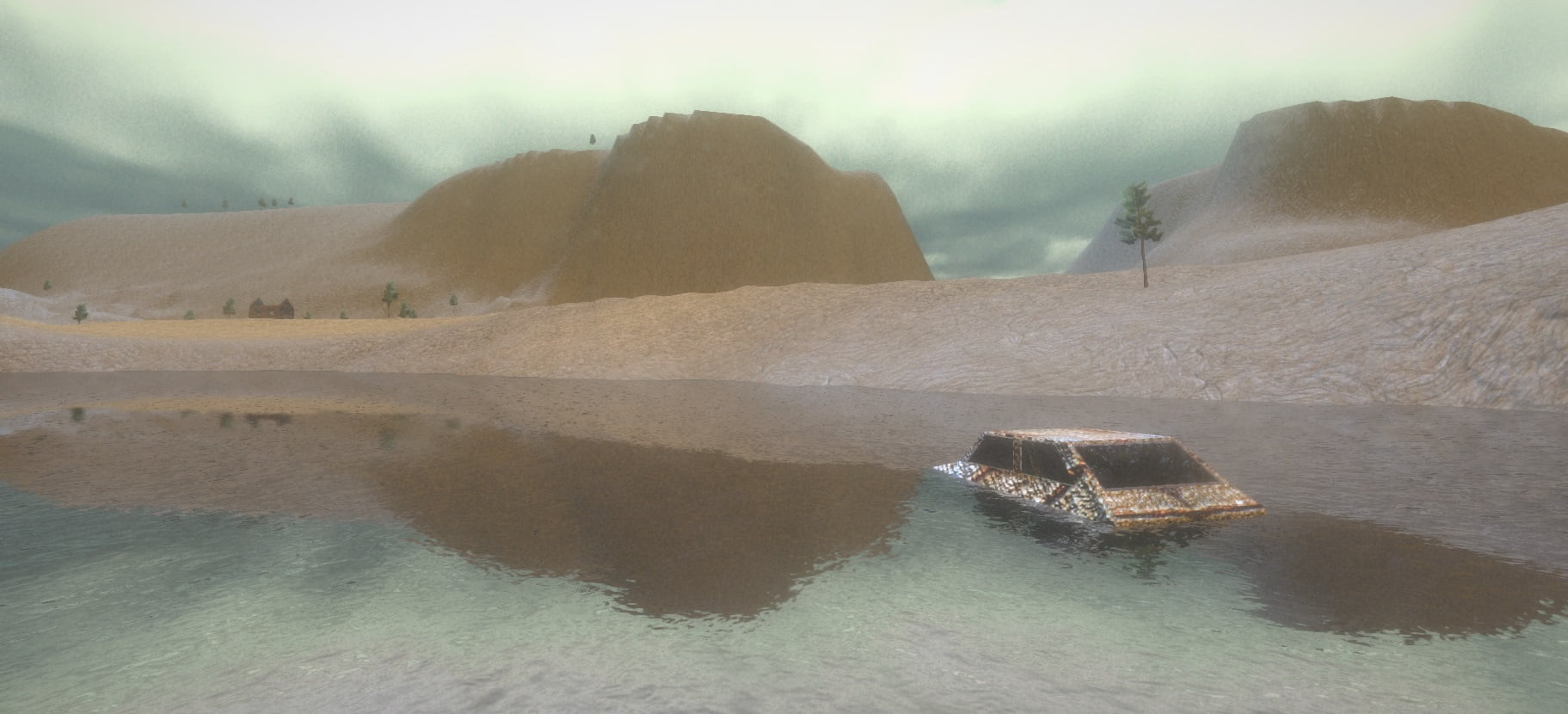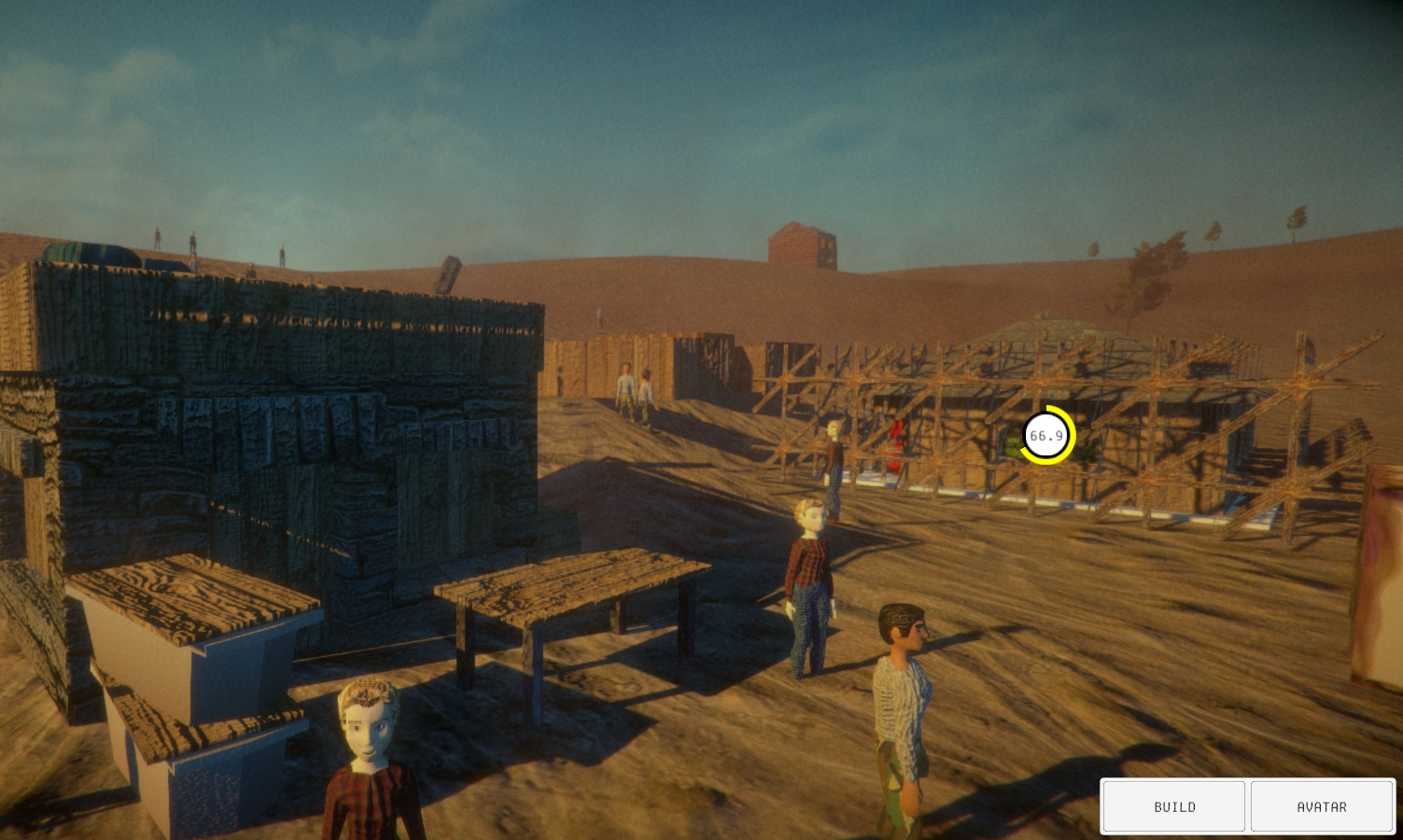Lets face it, the PC community absolutely loves simulation games. Games like The SimCity gave us the imagination of creating our own city and running it for an unlimited amount of time. Well what if there was a game that combined your love of SimCity and your love of Fallout? There is, and it’s called Atomic Society. So I bet you’re wondering to yourself “How can it get even better?!?” Well lets let the small studio over at Far Road Games develop it. The studio consists of Scott MacDowell, a former employee of Rare, his wife Mariana, and Nick Stevens whose been coding since the days of the Atari ST. We recently got the honor of talking to Scott about his upcoming project simply known as Atomic Society.
GC:(For Scott) Before you started Far Road Games, you worked over at Rare at one point. What was the transition like to go from Rare to starting your very own studio?
SM: The transition was slow and lucky. I left Rare about 10 years ago and never wanted to get back into AAA development for several reasons. Despite being obsessed with games my whole life, I’d more or less given up designing them because of the nature of the games industry. Luckily, after a decade in the wilderness, an old friend called me up and asked if I fancied making an indie game for kicks. If he hadn’t done that, and had a bit of knowledge, I don’t think I would’ve ever realized that I could still pursue my dream. My friend was able to code, so I tasted that buzz of seeing game ideas turn into reality at long last. After that I just had to get back into development. There was no choice. It took me right back to how I felt when I first started at Rare. It was then just a matter of time until I came up with Atomic Society. It sounds cheesy, but creating games feels like my life back. We’re stuck on the rollercoaster now.
GC: One thing I think is really amazing is that the 3D Artist and Animator for Atomic Society just so happens to be your wife. How did you manage to get her on board?
SM: Mariana and I are soulmates. We often play the same kind of games. If one of us gets into something, the other one will usually. When she saw my life being taken over by indie development, she wanted to get involved, and she’s the kind of person who can learn any new skill. She also had an artistic streak, so combining that with the craft of 3D art seems to be working out well for us. It’s just as well as I think she’d be a game development widow otherwise.
GC: When I first saw the game, my first thought was Fallout meets SimCity. Where those inspirations behind the idea?
SM: That’s accurate, but the original inspiration was just to make a game our tiny team would be interested in, that we could make, and that’d we’d buy if we were potential customers. City simulation games were something we all liked. Banished in particular became a reference point. And I’m a fan of the Tropico games because they bring a little of ideology into the genre. Generally I love post-apocalyptic fiction of all sorts, especially cult movies from the cold war era. The bleakness and beauty of it, the way it strips people down and forces them to make truly life defining decisions is fascinating to me. When I was a kid, I’d actually beg my father to take me to visit a nuclear bunker that was open to tourists. So sticking all that together gave the game its inspiration.
GC: What made you choose to create a simulation game?
SM: We prefers using our wits to solve problems, not reflexes. I’m disappointed when there’s a good post-apocalyptic game, like the Last of Us, but it alienates certain people because you have to play through that scenario using stealth and extreme violence. I prefer games that simulate a world, gave you a goal, and let you get on with it however you want, using whatever method that seems best for you. Early Fallout games were great in that regard. They gave you a post-apocalyptic world, let you go anywhere and be any kind of hero. So we’re simulating a post-apocalyptic society, citizens with religious, political, desires and mental traits, and we’ll give the player as much freedom as we can to rule over them.
GC: You’ve noted in your development blog that you are glad you waited 6 months to go public and didn’t start earlier like many other Indie developers do. Was there a reason for that?
JW: As soon as you show off your game for the first time, it adds a ton of pressure, at least if you care about people’s opinions. Our game was too fragile to take public scrutiny in its first 6 months. The game has been through countless revisions since and it’s only now our vision is clear enough. There’s also a marketing aspect, you have to maintain a steady stream of game news to interest your core supporters, the ones who might be there when Kickstarter comes calling.
GC: Can you tell us a little bit about the 4 factions?
JW: Every city you make will have 4 factions, which basically represent political parties. I suspect most people are either left wing, right wing, centrist, or don’t get involved in politics for one reason or another. So the citizens will belong to one of those 4 camps and depending on the moral choices you make as a leader, you’ll end up earning the respect of one faction and angering another. This is so your choices carry weight. It might actually be fun to anger the faction who hates everything you stand for.
GC: Can you elaborate more on “Avatar Mode”?
JW: Avatar Mode is a feature I’ve always wanted, to feel what it’s like to live in the city I helped build. So in Atomic Society you can control your own customized character any time you like and wander around. But we’re taking a bit further, you can also do tasks around your city. It’s entirely optional, but for example, if your workmen are taking too long to build something, go over and help build it with them using your character. Your avatar is essentially a hero unit. Personally I’m really looking forward to that moment when you walk up the side of a hill, look down at the town you helped create, and see all the people milling around, living laws you set.
GC: What kind of emotions do you hope players will feel while playing Atomic Society?
JW: Probably proud but apprehensive. You’ll be leading what might be the last city on earth, in a harsh land, but at the same time you’re seeing society and civilization return. And the town itself is a reflection of your own values. I suppose you’ll feel like proud but worried parent. I also would like players to feel a bit challenged at times. We have a lot of ethical choices that rarely get brought up in games and because you’re struggling to survive, that may force you to make ethical compromises you wouldn’t normally.
GC: Players will have to collect resources like Alcohol, Drinking Water, Clothing, etc. How will players go about getting them?
JW: By salvaging them from the many ruined buildings and vehicles that will be strewn across the wasteland. When the game starts, you’re free to lead your initial band of people anywhere on the landscape. So it might be wise to lead them somewhere near ruins, especially as ruins can be converted into homes and storage.
GC: You recently did a stress test in Unity where you tried fitting 500 uniquely detailed characters on the screen at the same time. How did that go?
JW: One of the downsides of making a game with zero budget is that we’re working on old cheap PCs that aren’t powerful enough for dev work. But Nick, our programmer, is a genius and was able to double the frame-rate in about 24 hours under stress test situations, even on my machine, so I’m pretty confident you’ll be able to get that nice, bustling city feel when the game comes out.
GC: Like the challenge of getting 500 characters on the same screen, what are some of the other goals you hope to achieve while in development?
JW: I just want to make a game the 3 of us can be proud of. That contributes to games in a greater way, as an art form, and naturally we want to earn a little money. I’ve been creating things in one way or another for decades and the most I’ve got out of it was a £15 book voucher. If Atomic Society earns more than that, it’ll be cool.
GC: So far there are 28 building types. Can you tell us about some of them?
JW: The buildings cater to the needs of your population. For example, citizens get thirsty, so you need to provide clean drinking water. There are 3 buildings that do that in the game, each with pros and cons. A water well is convenient but can occasionally dry up or get poisoned. Gathering water from lakes is reliable but requires boiling and people going off into the wild and so on. You’ll have to maintain a balance if your people are going to survive.
| Original content here is published under these license terms: | X | |
| License Type: | Read Only | |
| License Abstract: | You may read the original content in the context in which it is published (at this web address). No other copying or use is permitted without written agreement from the author. | |

